Lab Technology 2024
Photo impression 2024
Program 2024
08:00 - 09:30 | Build-up exhibitors | Main area |
09:30 - 10:00 | Registration/exhibition visit | Main area |
10:00 - 10:05 | Opening | Main area |
10:05 - 10:40 | Keynote 1 – Mass Spectrometry Innovations in Spatial Biology by Prof. Dr. Ron M.A Heeren | Theater Azure |
10:40 - 11:05 | Ceremony Sac Kolthoffprijs by Rainer Bischoff | Theater Azure |
11:05 - 11:20 | Break/exhibition visit | Main area |
11:20 - 11:45 | Lectures Round 1 |
|
11:45-12:10 | Lectures Round 2 |
|
12:10-12:35 | Lectures Round 3 |
|
12:35 - 13:35 | Break/exhibition visit | Main Area |
13:35 - 14:00 | Lectures Round 4 |
|
14:00 - 14:25 | Lectures Round 5 |
|
14:25 - 14:50 | Lectures Round 6 |
|
14:50 - 15:05 | Break/exhibition visit | Main area |
15:05 - 15:30 | Merel Konings speaks about the Coast Student Innovation Award & Award Ceremony | Theater Azure |
15:30 - 16:05 | Keynote 2 – Preparation or separation by Prof. Dr. Ir. P.J. Peter Schoenmakers | Theater Azure |
16:05 - 17:15 | Networking and drinks / Exhibition visit | Main Area |
Lectures 2024
Theater Azure | Bach 1 | Bach 2 | Strauss 1 | |
10:05-1040 Keynote lecture | Prof. Dr. Ron M.A Heeren (M4i) |
|
|
|
11:20-11:45 Lectures Round 1 | Karen E. Schellens (COAST) | Maria Hayder (DSP) | Elvio Amato (KWR) | Ruben Feringa (University of Groningen) |
11:45-12:10 Lectures Round 2 | Richard Schasfoort (COAST) | Maximillian Huber (DSP) | Bjorn Berendsen (Wageningen Food Safety Research (WFSR, part of WUR) | Hugo den Besten (University of Groningen) |
12:10-12:35 Lectures Round 3 | Cas Damen (COAST) | Laurens Mandemaker (DSP) | Willie Peijnenburg (RIVM) | Rolf Wolthuis (Endress+Hauser Nederland) |
13:35-14:00 Lectures Round 4 | Carlos Adelantado (CE) | Linda de Poorter (DSP) | Viktoriia Turkina (PhD student University of Amsterdam) | Rein Vogel (Twin Media) |
14:00-14:25 Lectures Round 5 | Lecture: Annika van der Zon (CE) | Laurine Yoe (DSP) | Wilco Nijenhuis (PhD student Vrije Universiteit Amsterdam) |
|
14:25-14:50 Lectures Round 6 | Guinevere Lageveen-Kammeijer (CE) | Marja Lamoree (DSP) | Michelle de Roo (PhD student WUR) |
|
15:05-15:30 | Merel Konings speaks about the Coast Student Innovation Award & Award Ceremony |
|
|
|
15:30-16.05 Keynote Lecture | Prof. Dr. Ir. P.J. Peter Schoenmakers (University of Amsterdam) |
|
|
|
Speakers 2024
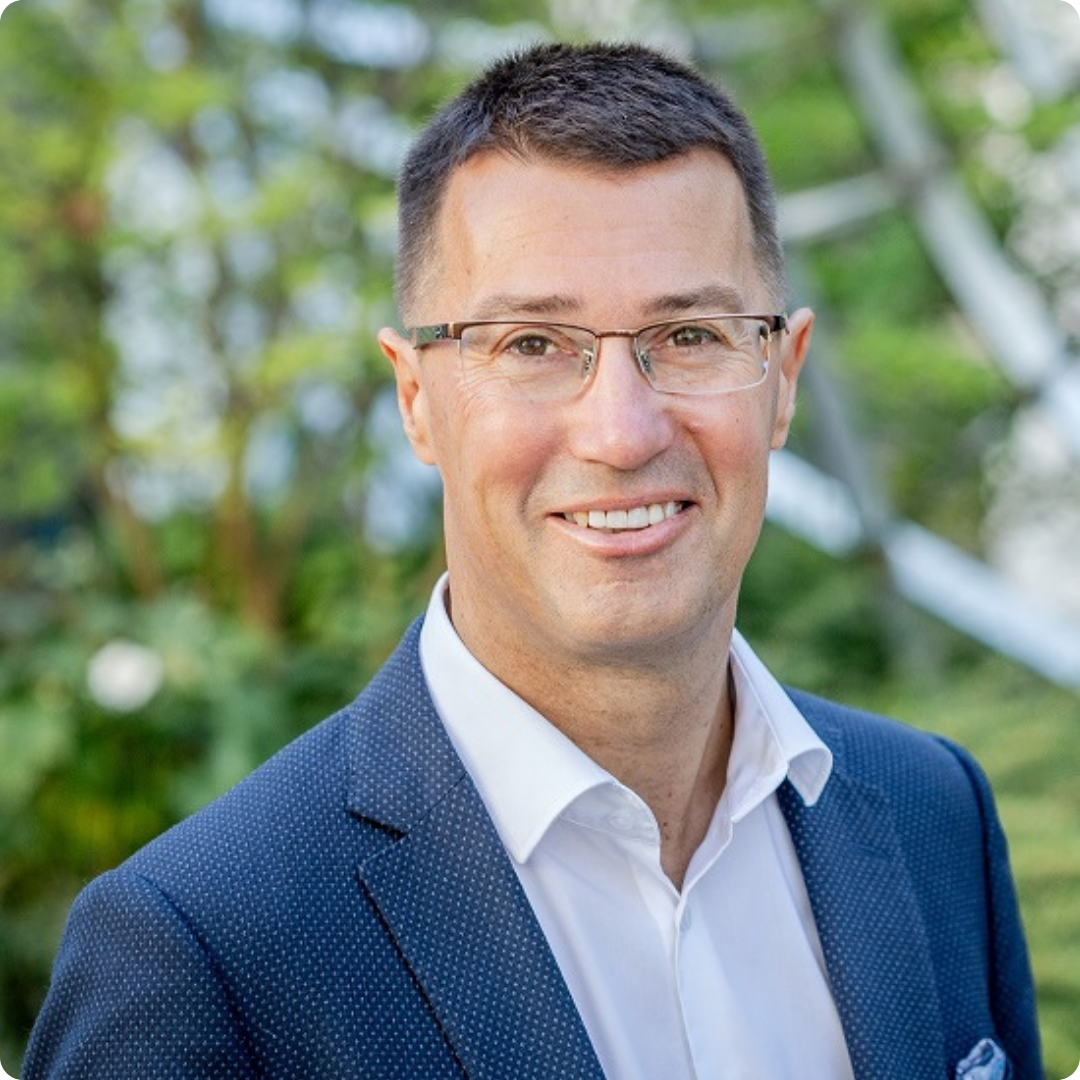
Prof. Dr. Ron M.A. Heeren
Function: Distinguished Professor and Limburg chair Director
Company: M4i / Imaging Mass Spectrometry (IMS) / Maastricht University, Fac. Health, Medicine and Life Sciences
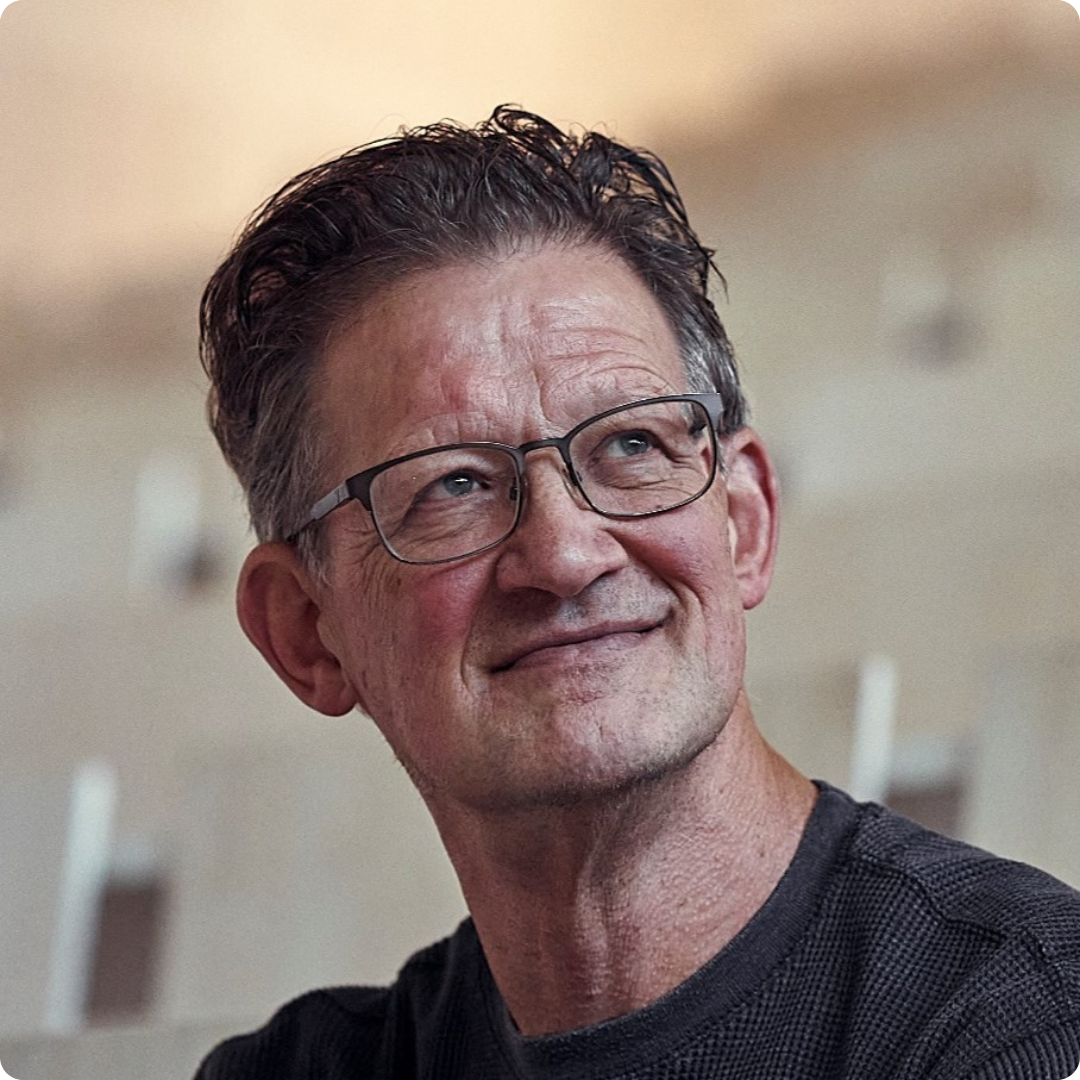
Prof. dr. ir. P.J. Schoenmakers
Function: Professor (em.)
Company: University of Amsterdam
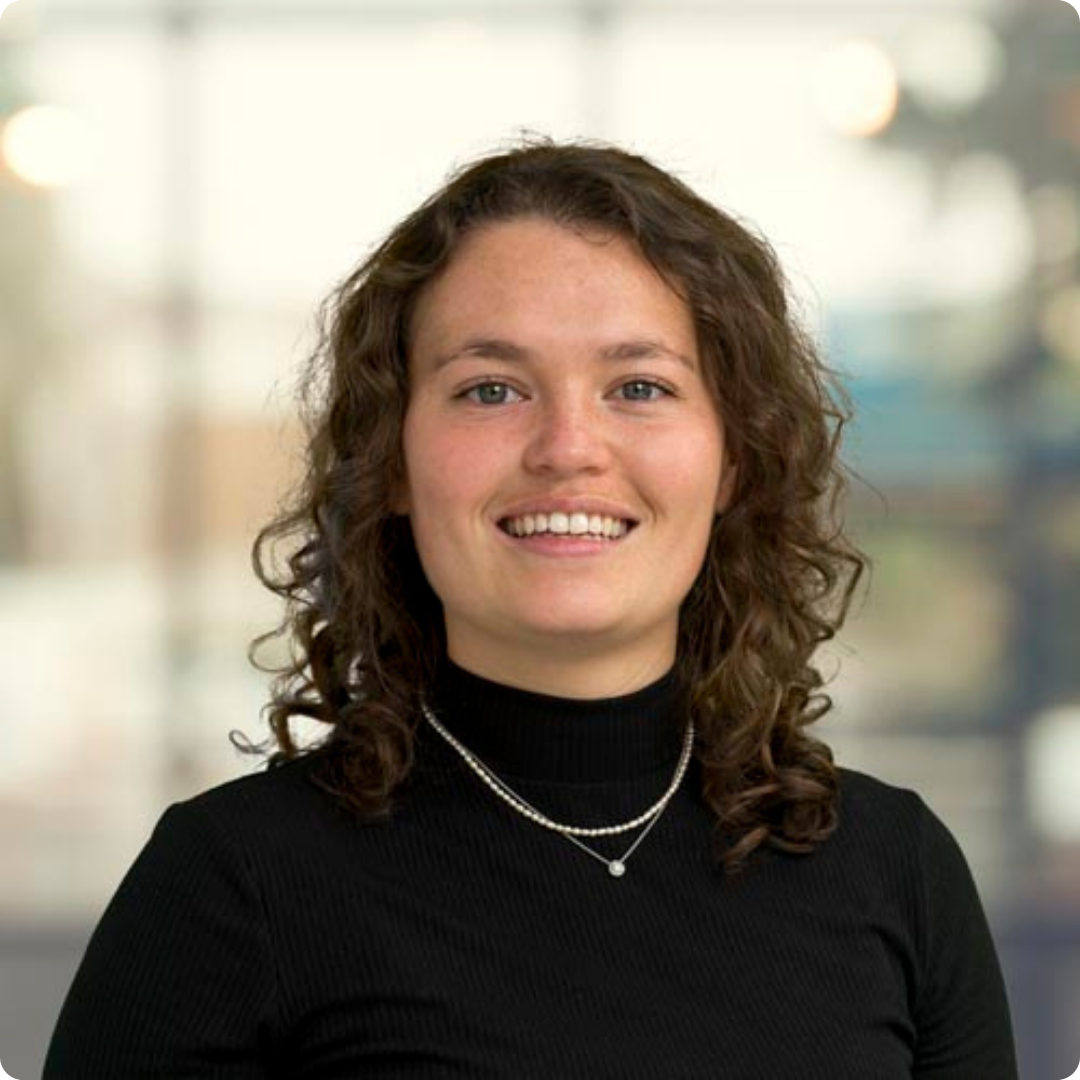
Ir. Laurine E.A. Yoe
Function: Scientist
Company: Nederlandse organisatie voor toegepast-natuurwetenschappelijk onderzoek (TNO)
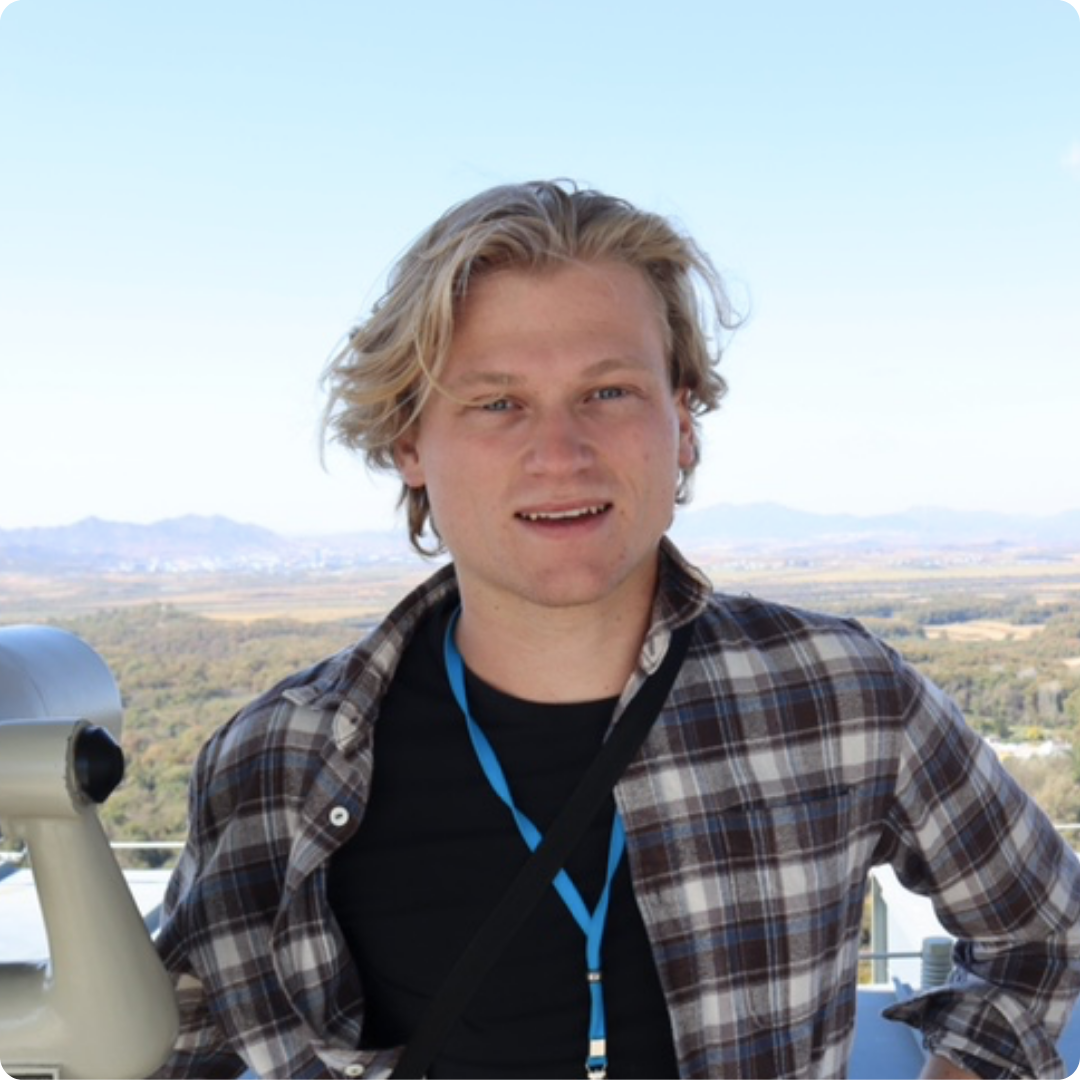
Ruben Feringa
Function: PhD student
Company: University of Groningen
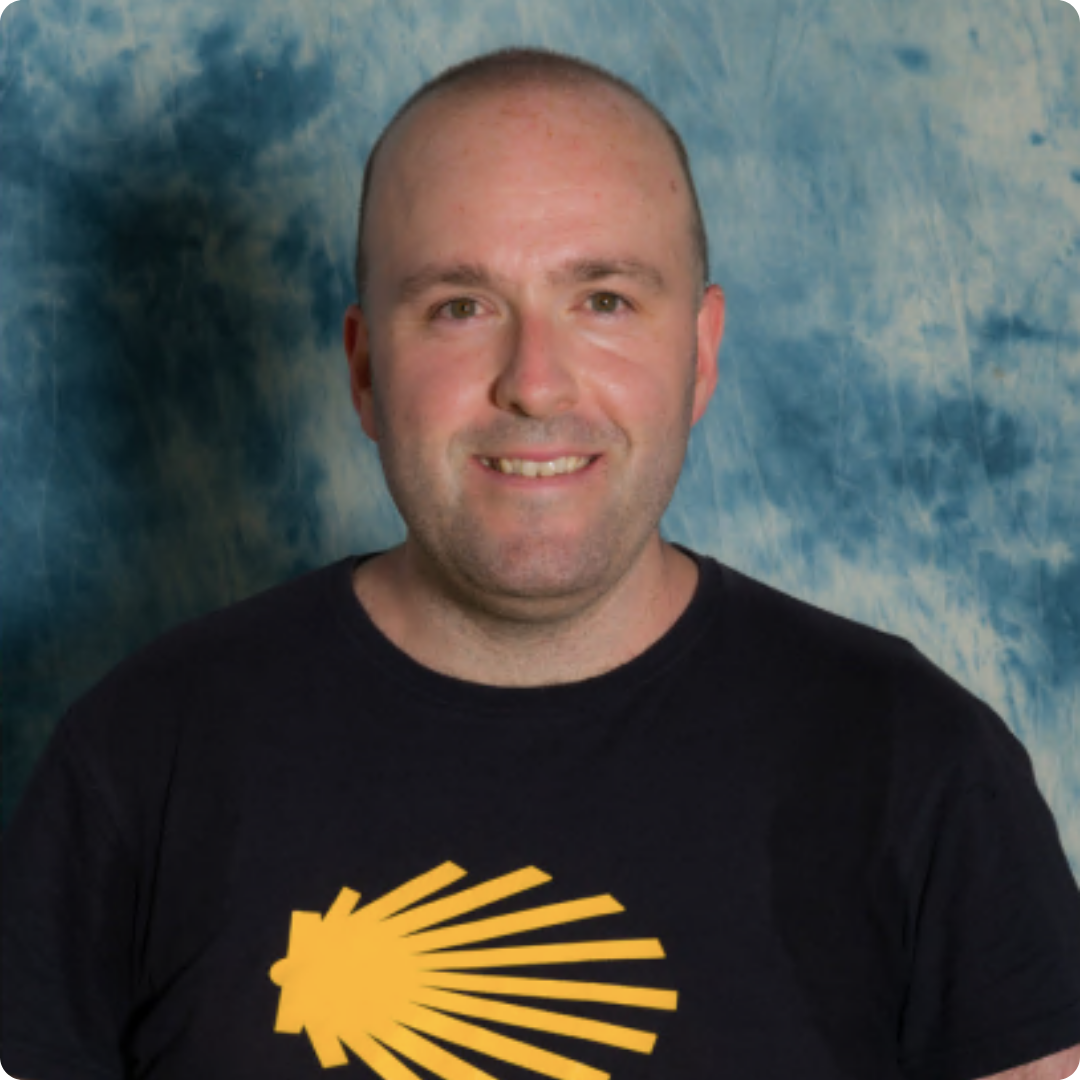
Carlos Adelantado Sánchez, PhD
Function: MSCA Postdoctoral Fellow
Company: Flemish Institute for Technological Research (VITO)

Dr. Guinevere S.M. Lageveen-Kammeijer
Function: Assistant Professor
Company: University of Groningen, Analytical Biochemistry group of the Groningen Research Institute of Pharmacy
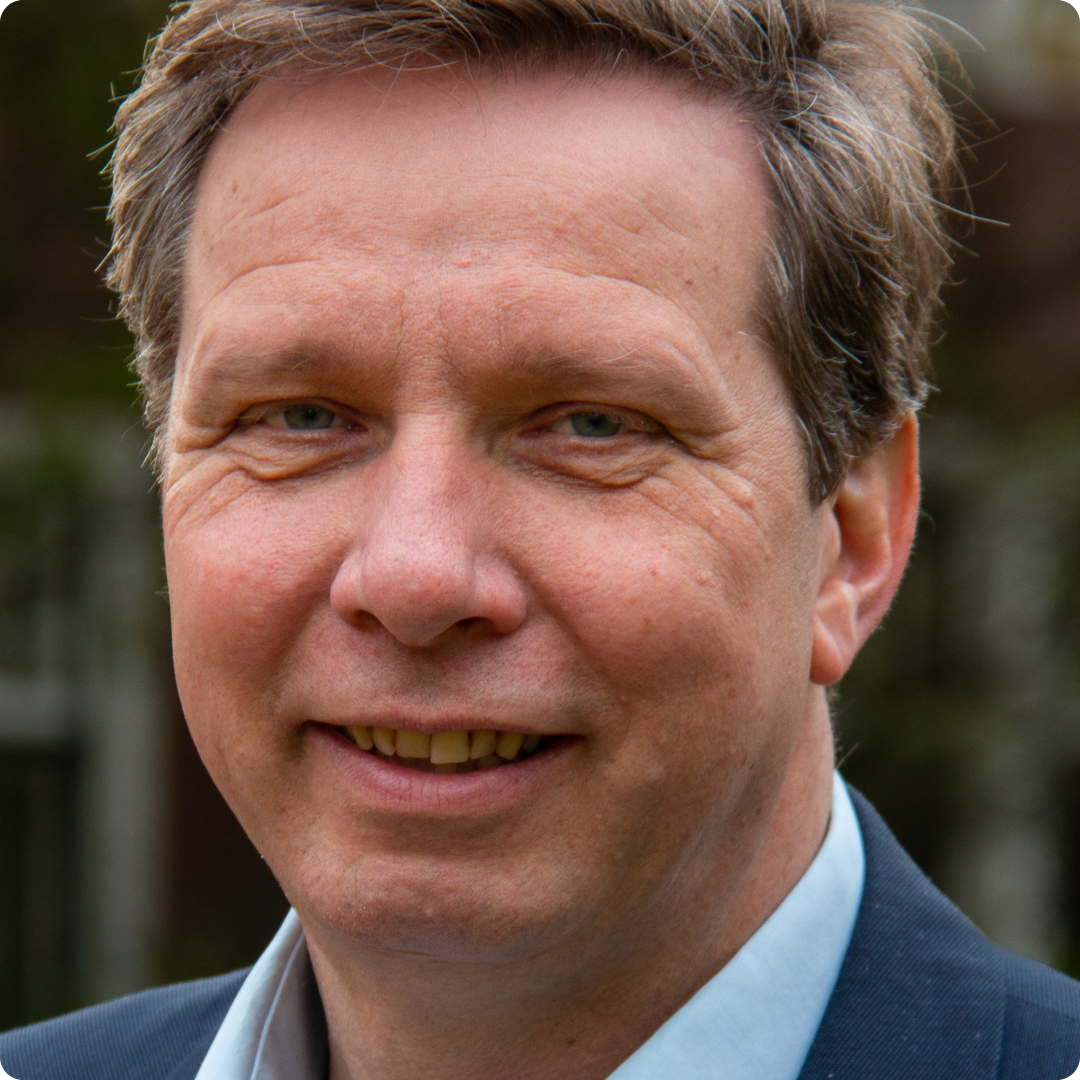
Cas Damen
Function: Professor (Lector)
Company: Saxion University of Applied Sciences
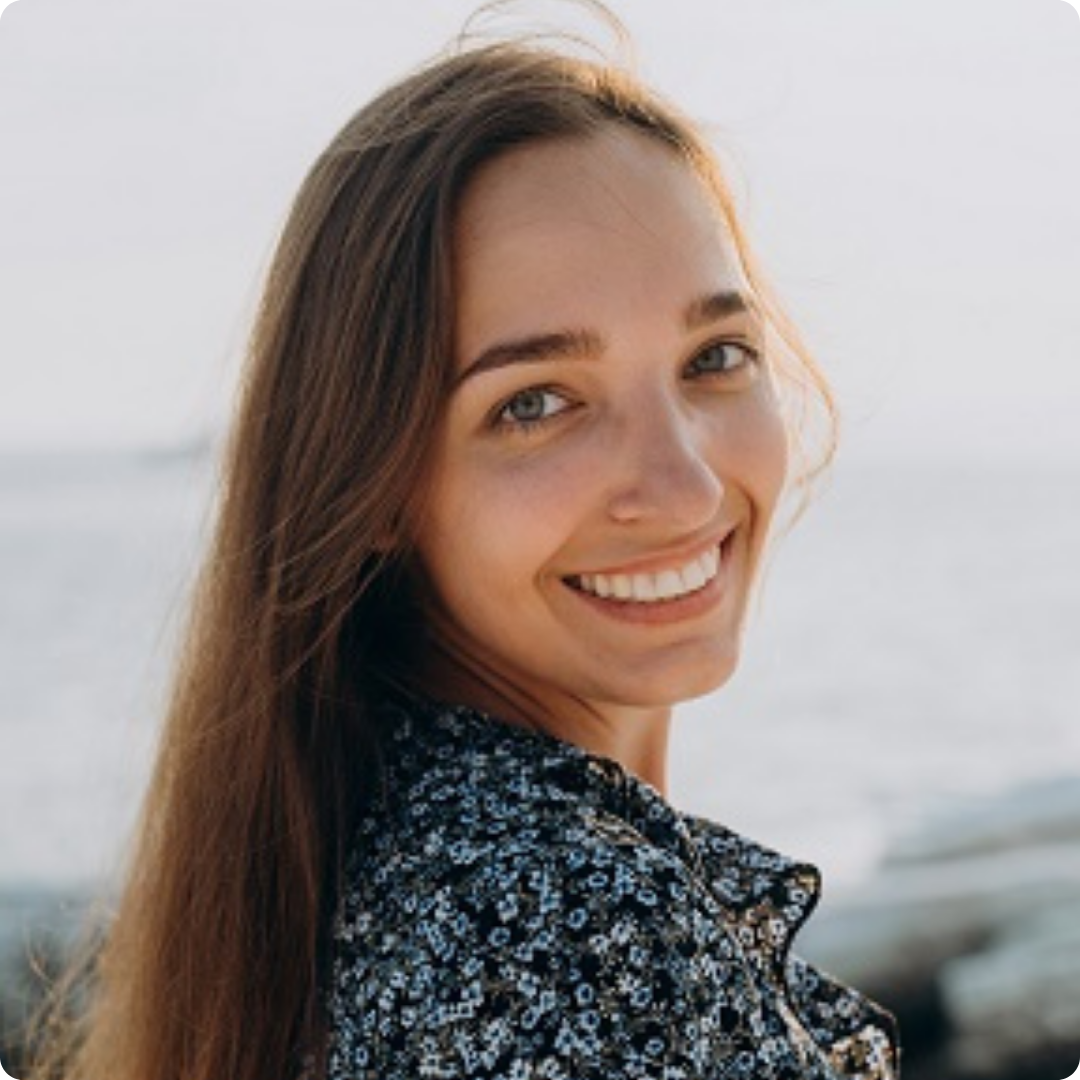
Viktoriia Turkina
Function: PhD candidate
Company: University of Amsterdam
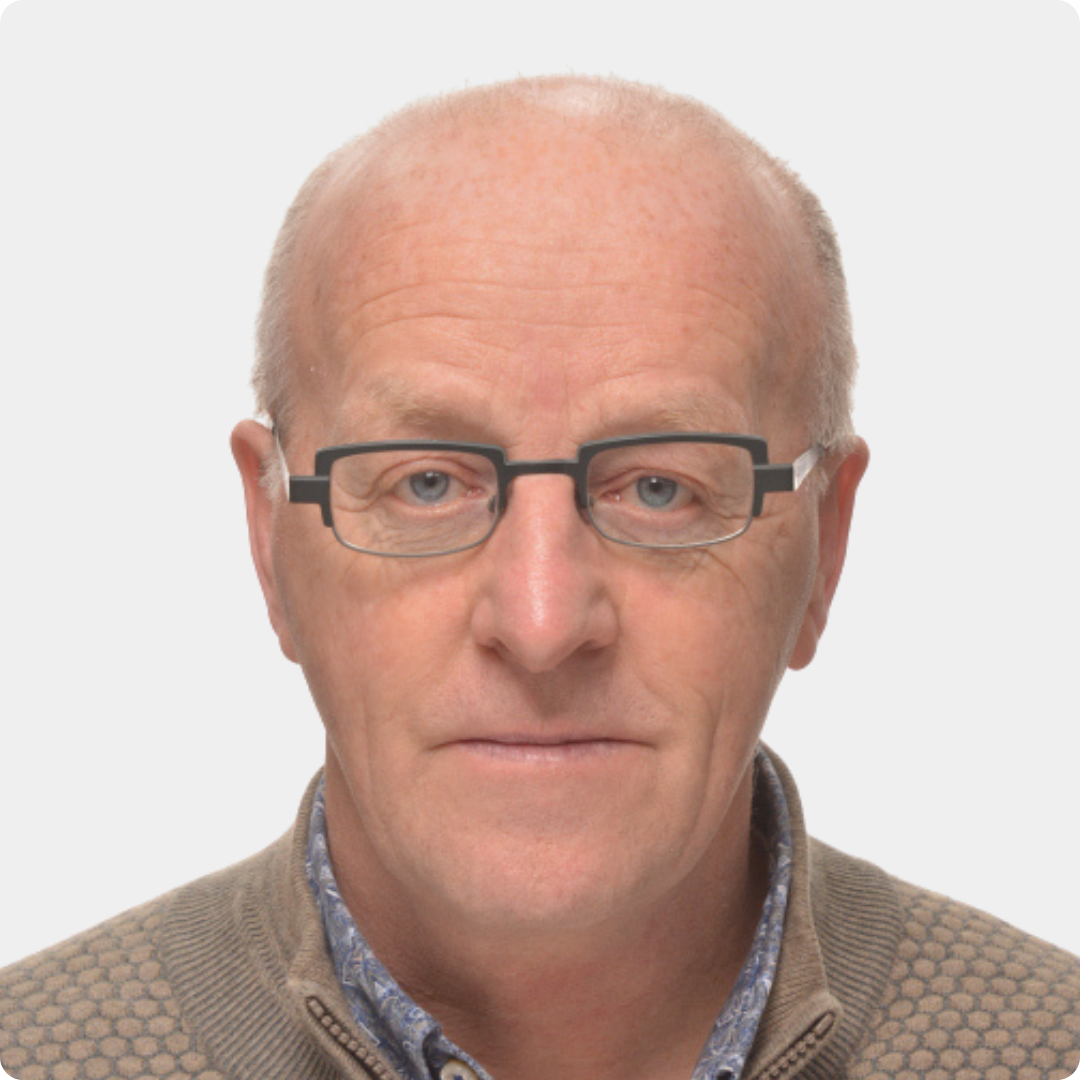
Willie Peijnenburg
Function: Professor at the Institute of Environmental Sciences (CML) and senior researcher at the RIVM
Company: RIVM/CML
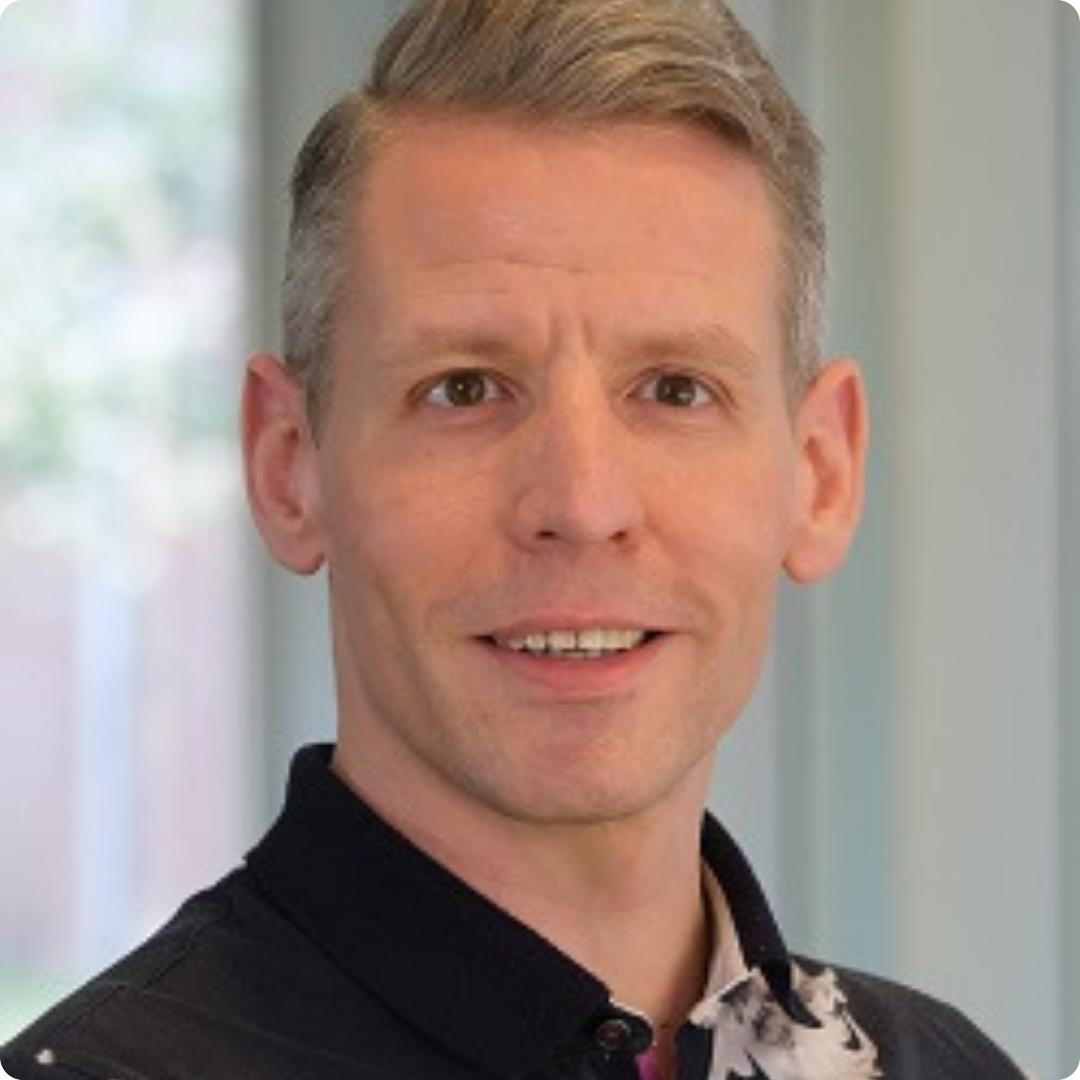
Bjorn Berendsen
Function: Program Manager Food Safety
Company: Wageningen Food Safety Research, part of WUR
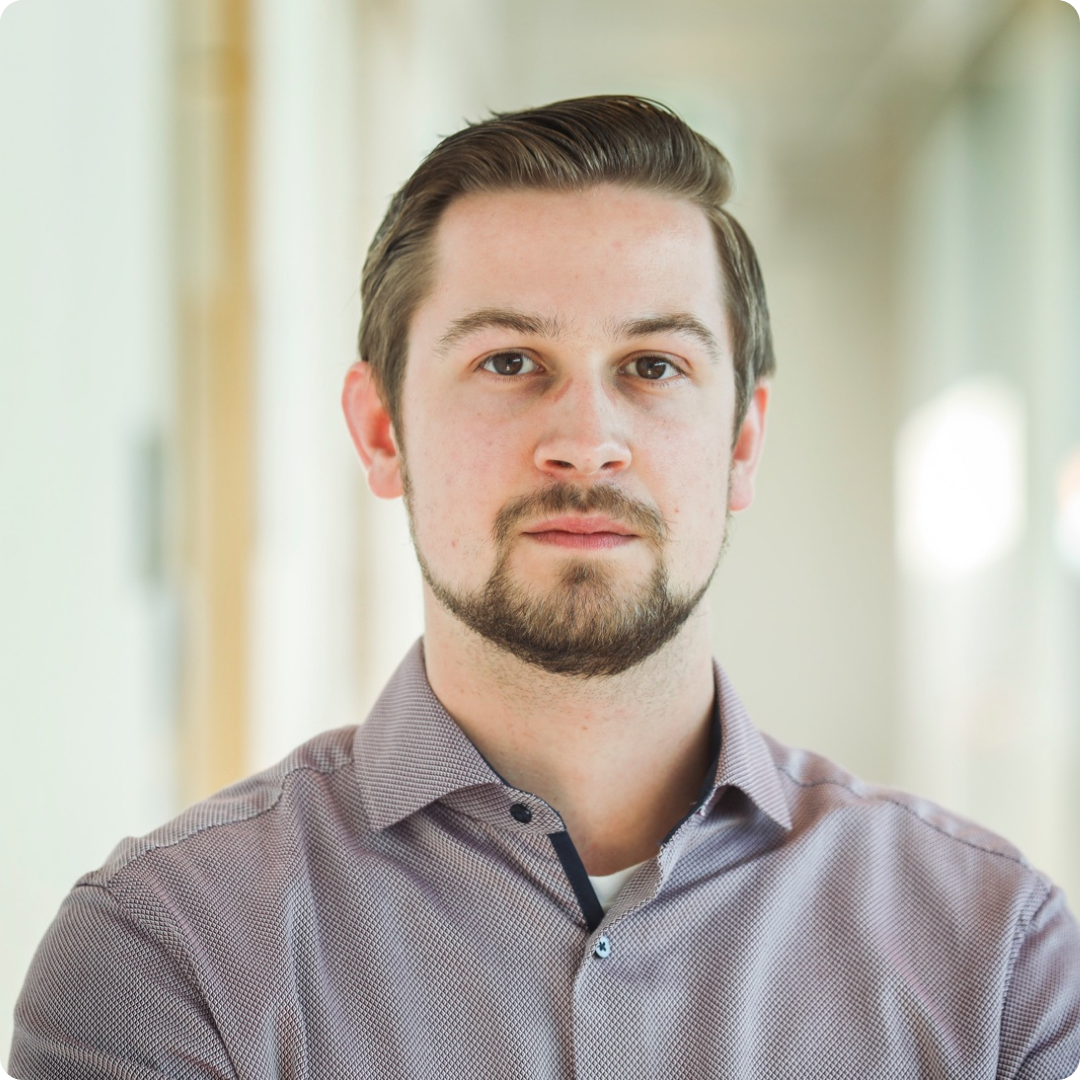
Hugo den Besten
Function: PhD candidate
Company: University of Groningen
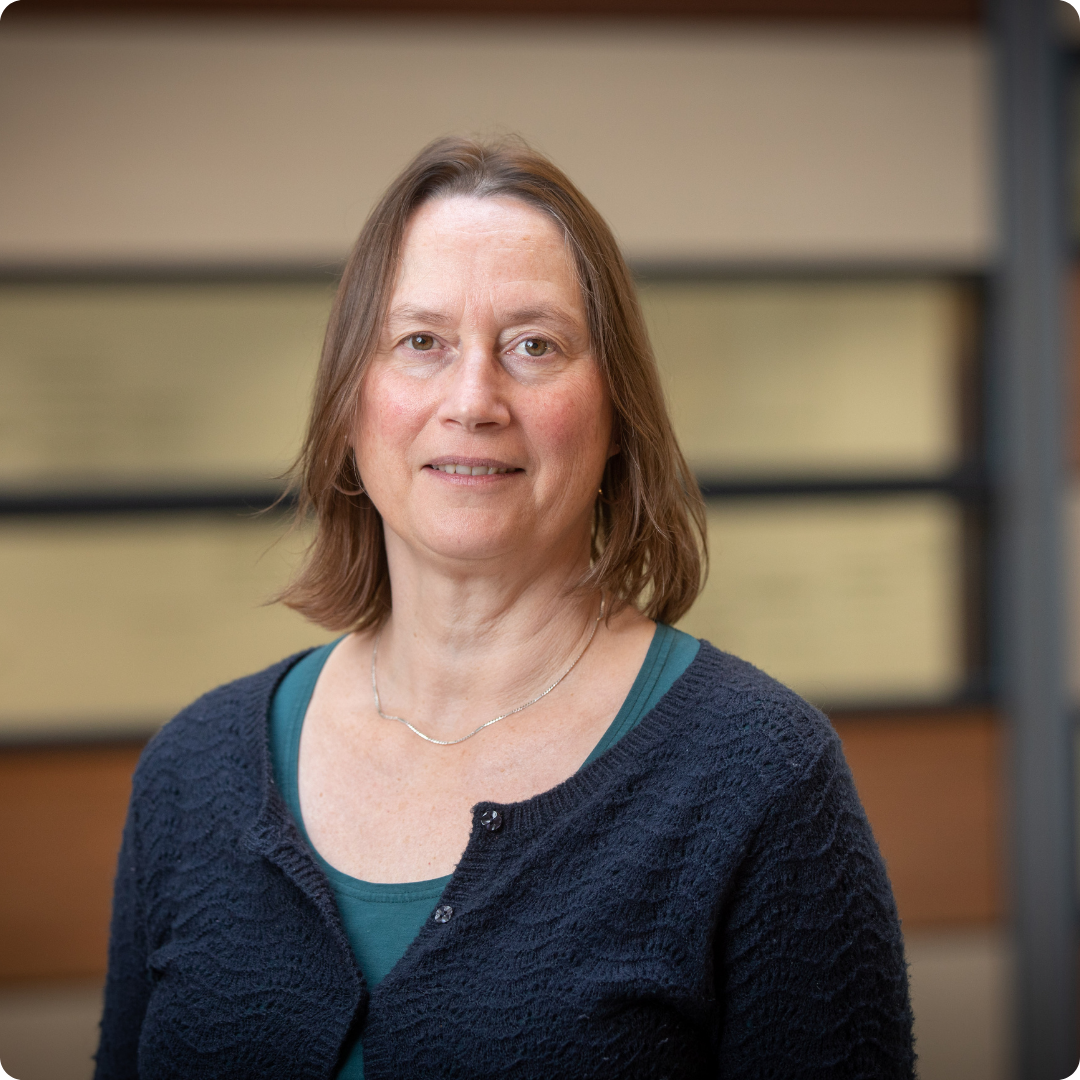
Prof. dr Marja Lamoree
Function: Head of section Chemistry for Environment and Health of the A-LIFE
Company: Vrije Universiteit Amsterdam
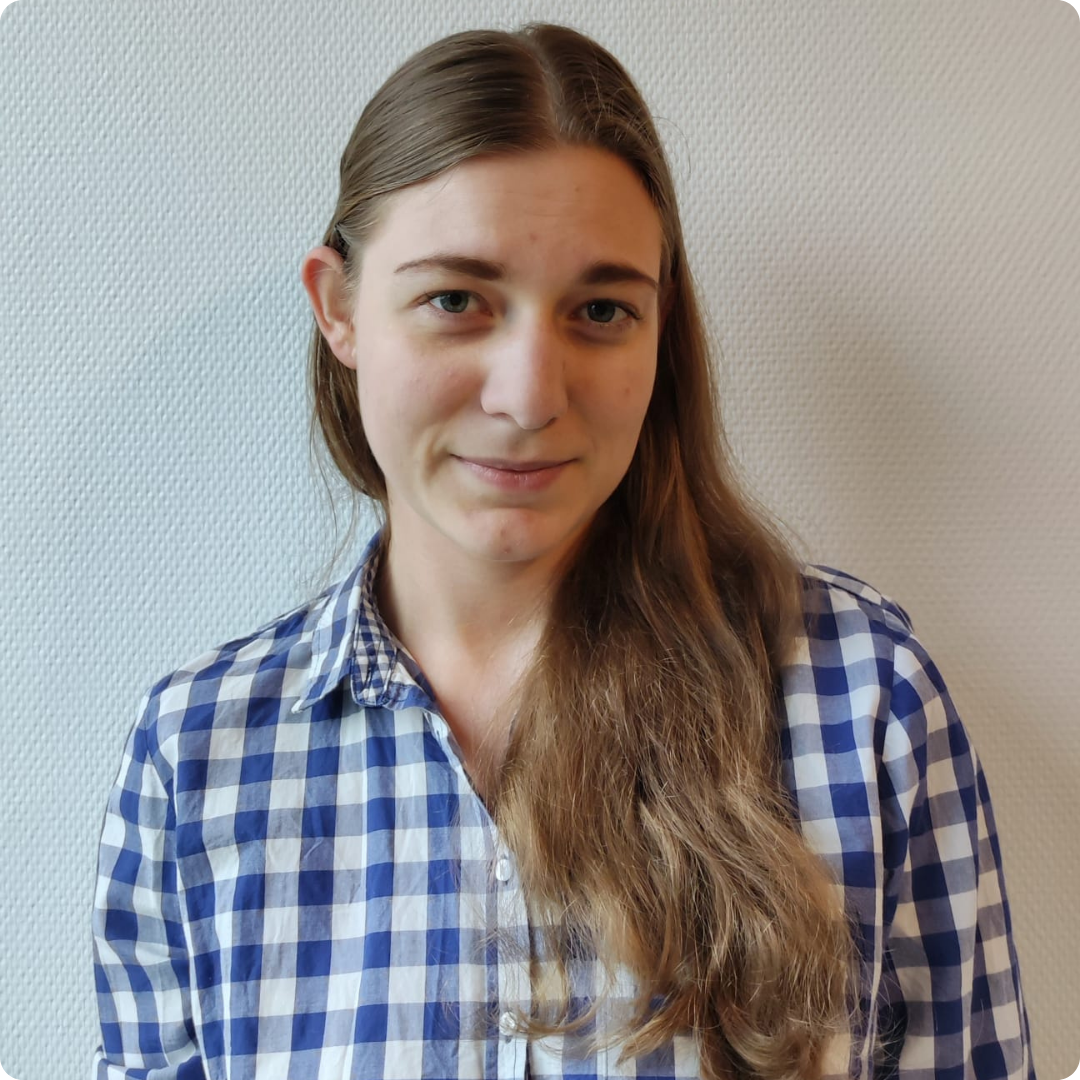
Maria Hayder
Function: PhD candidate
Company:University of Amsterdam
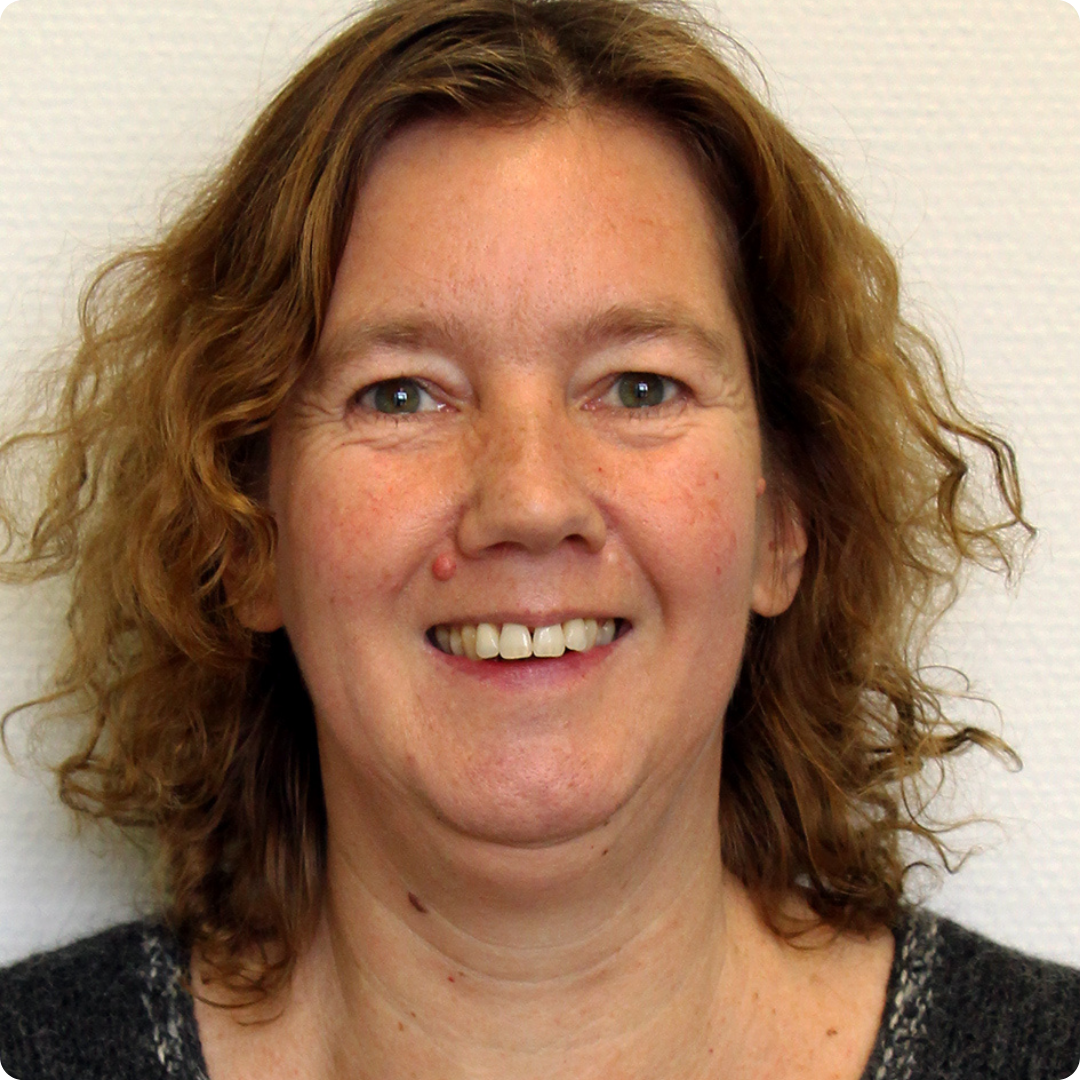
Dr. Ir. Linda de Poorter
Function: Analytical Chemistry Expert
Company:AkzoNobel
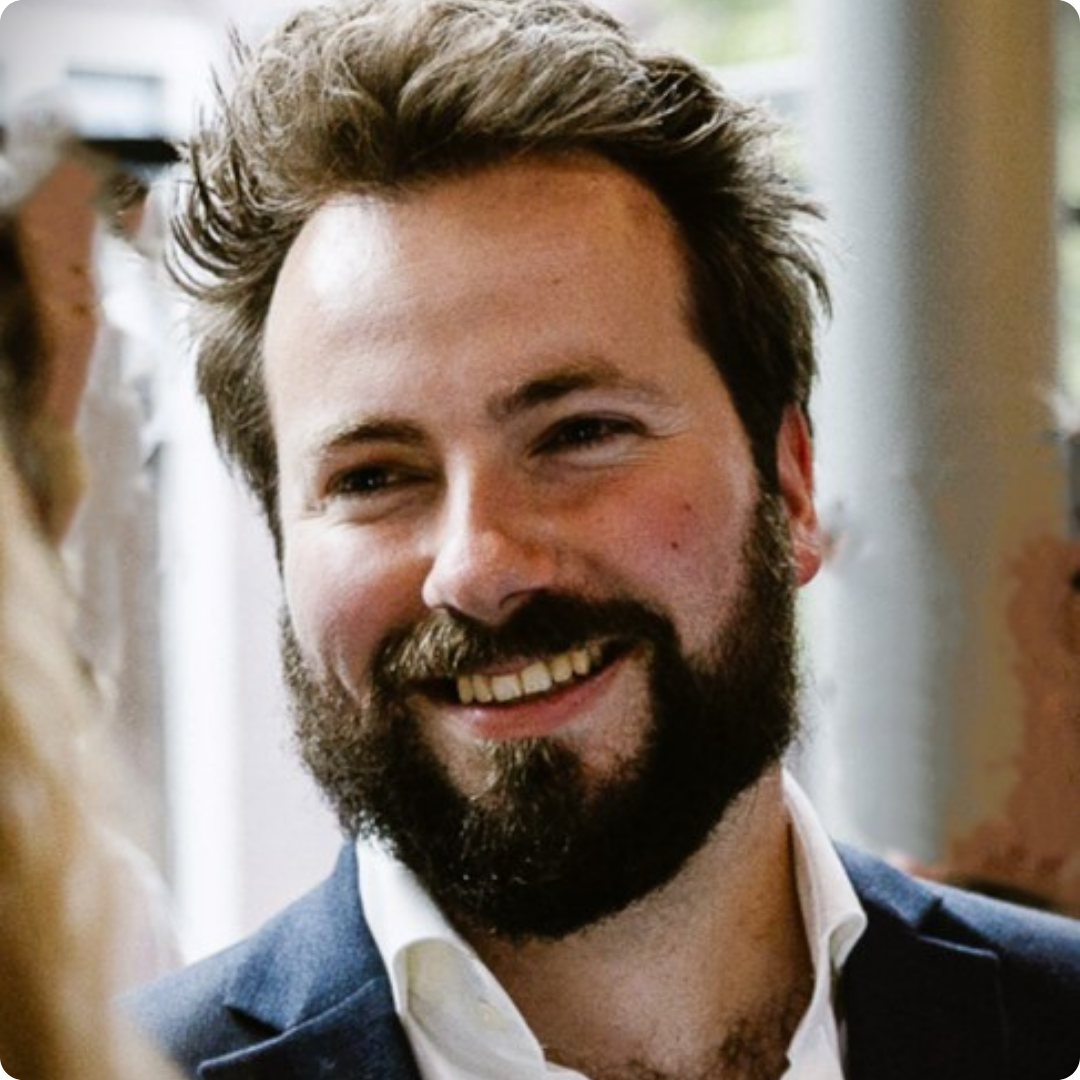
Dr. Laurens D. B. Mandemaker
Function: Researcher
Company: Utrecht University
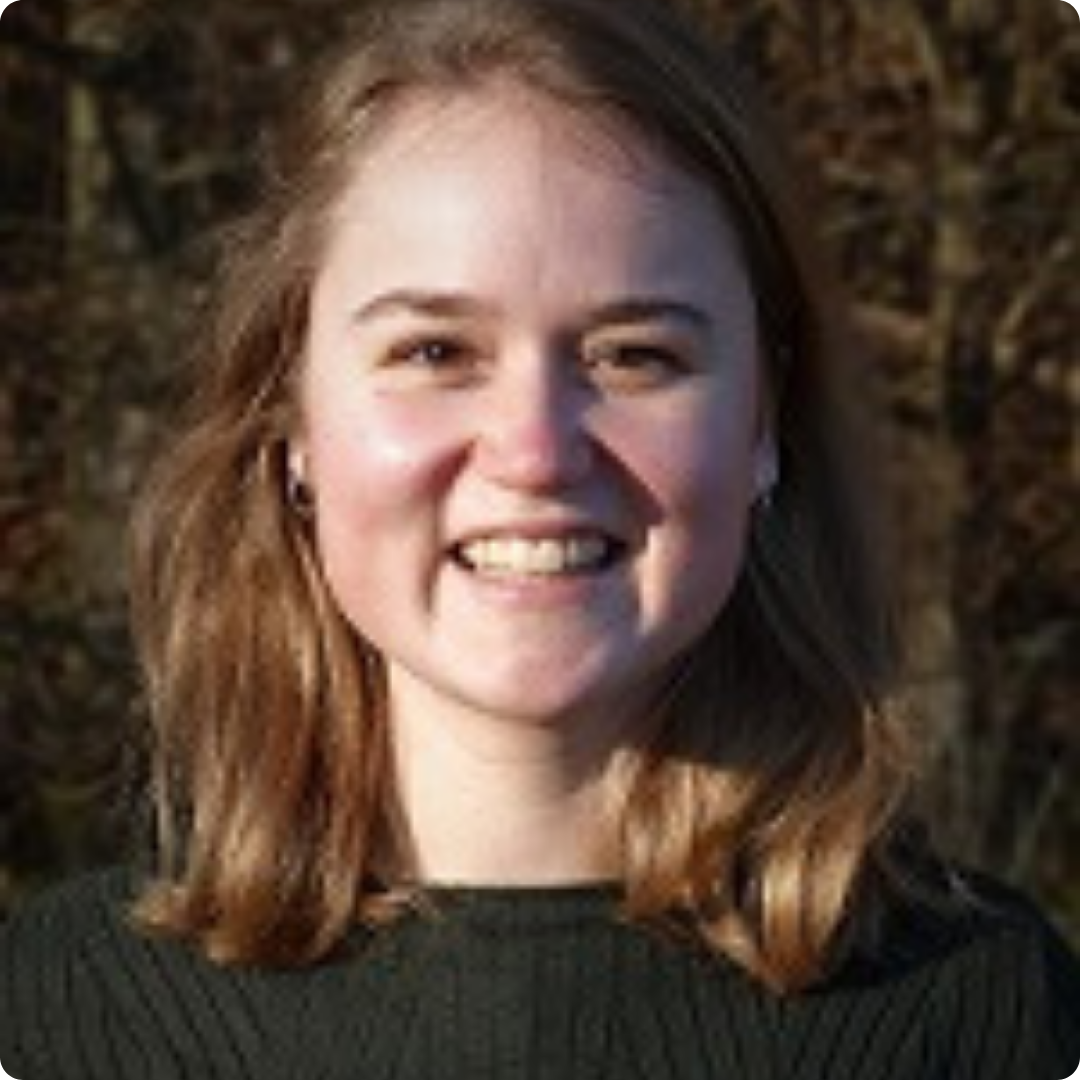
Annika van der Zon
Function: PhD candidate
Company: University of Amsterdam
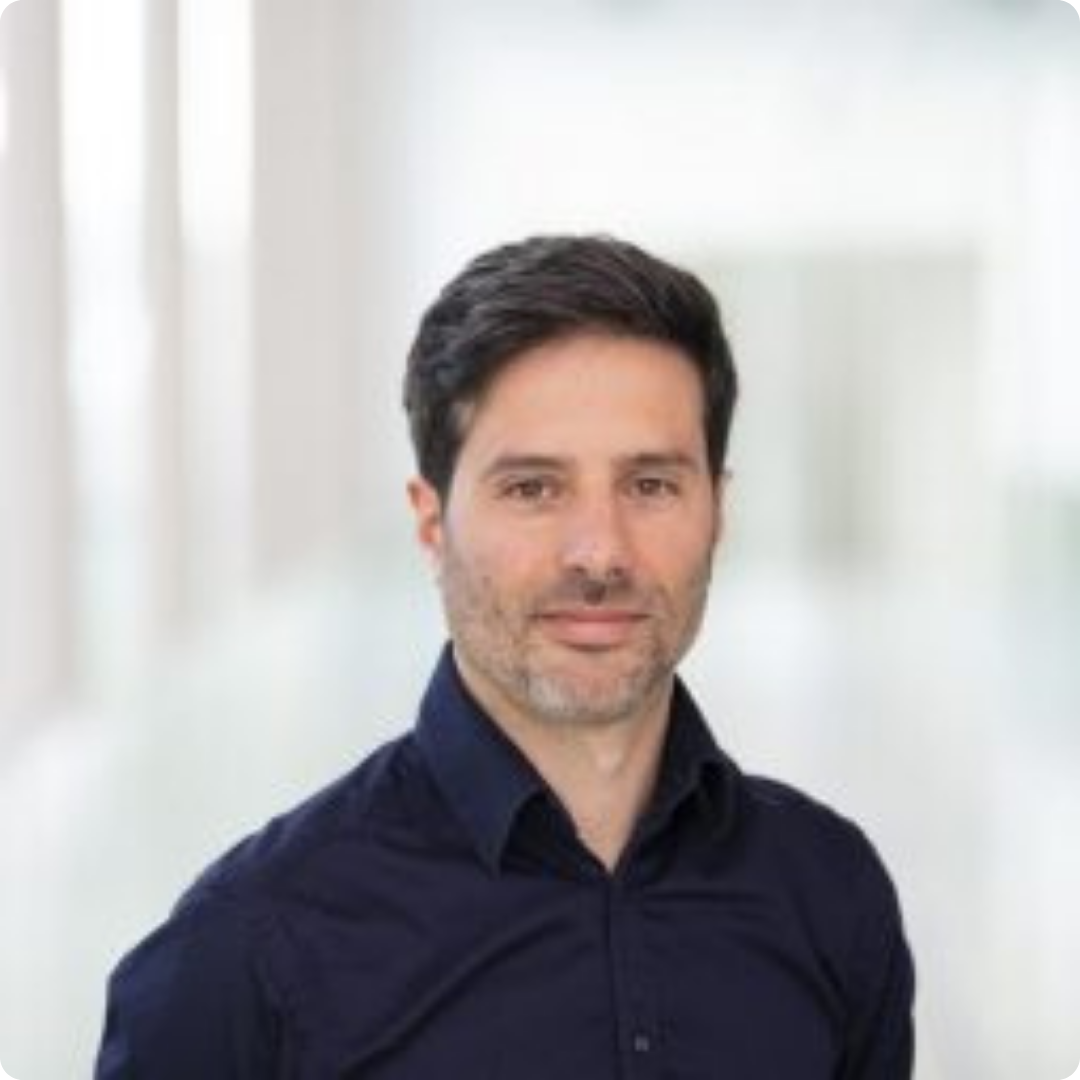
Dr. E.D. (Elvio) Amato
Function: Researcher - Chemical Water Quality and Health
Company: KWR
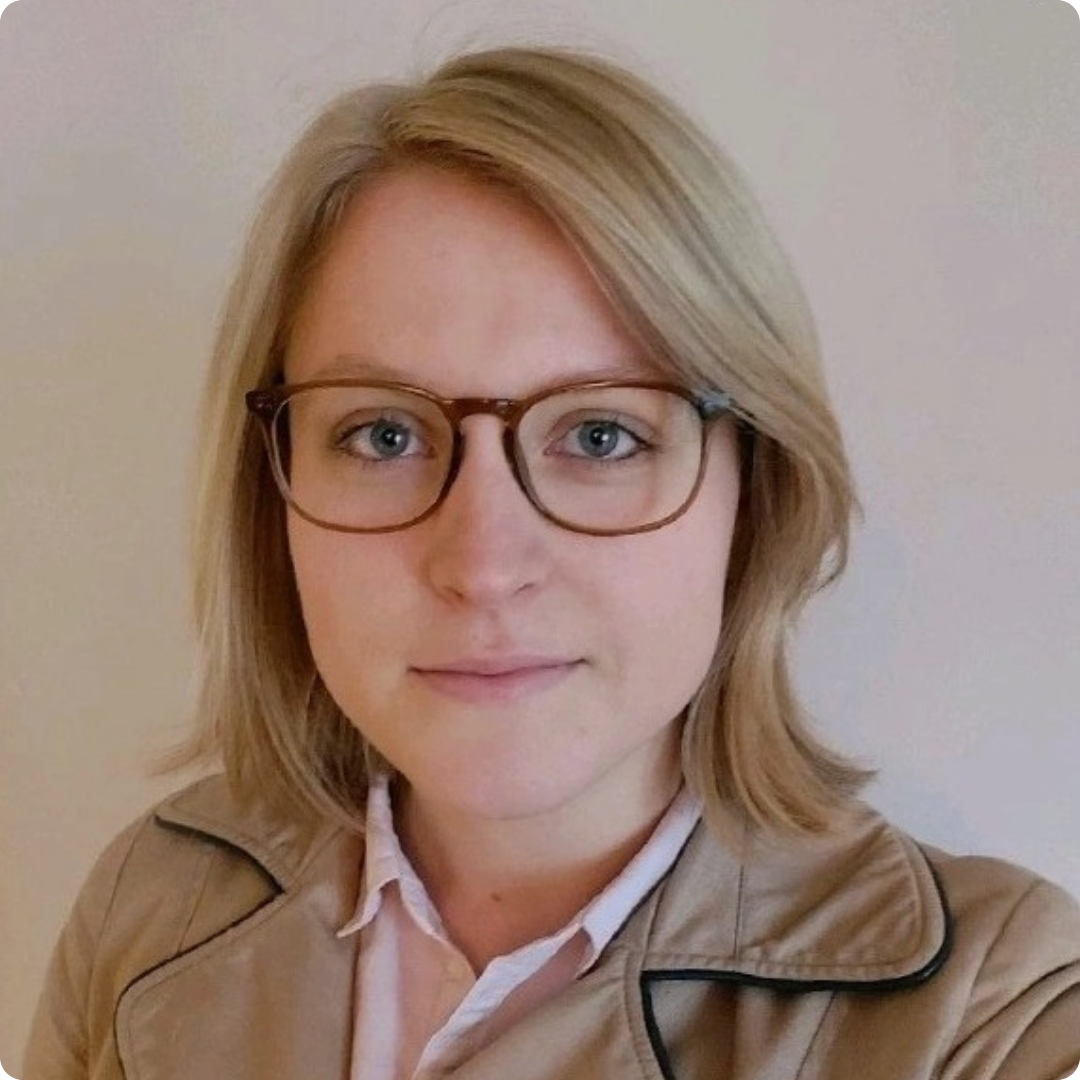
Michelle de Roo
Function: PhD candidate
Company: Wageningen University & Research
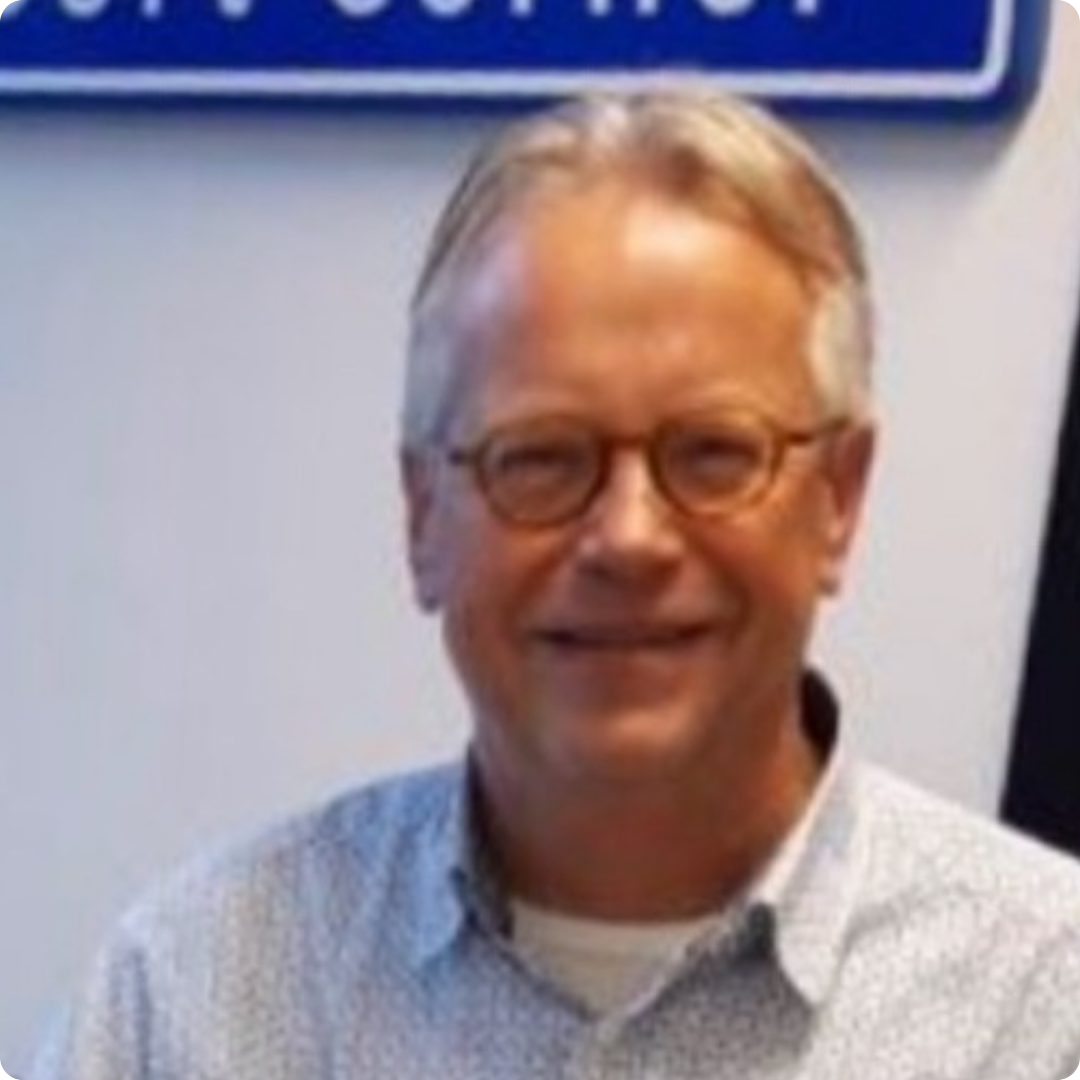
Prof. Richard Schasfoort
Function: Associate Professor at University of Twente
Company: University of Twente
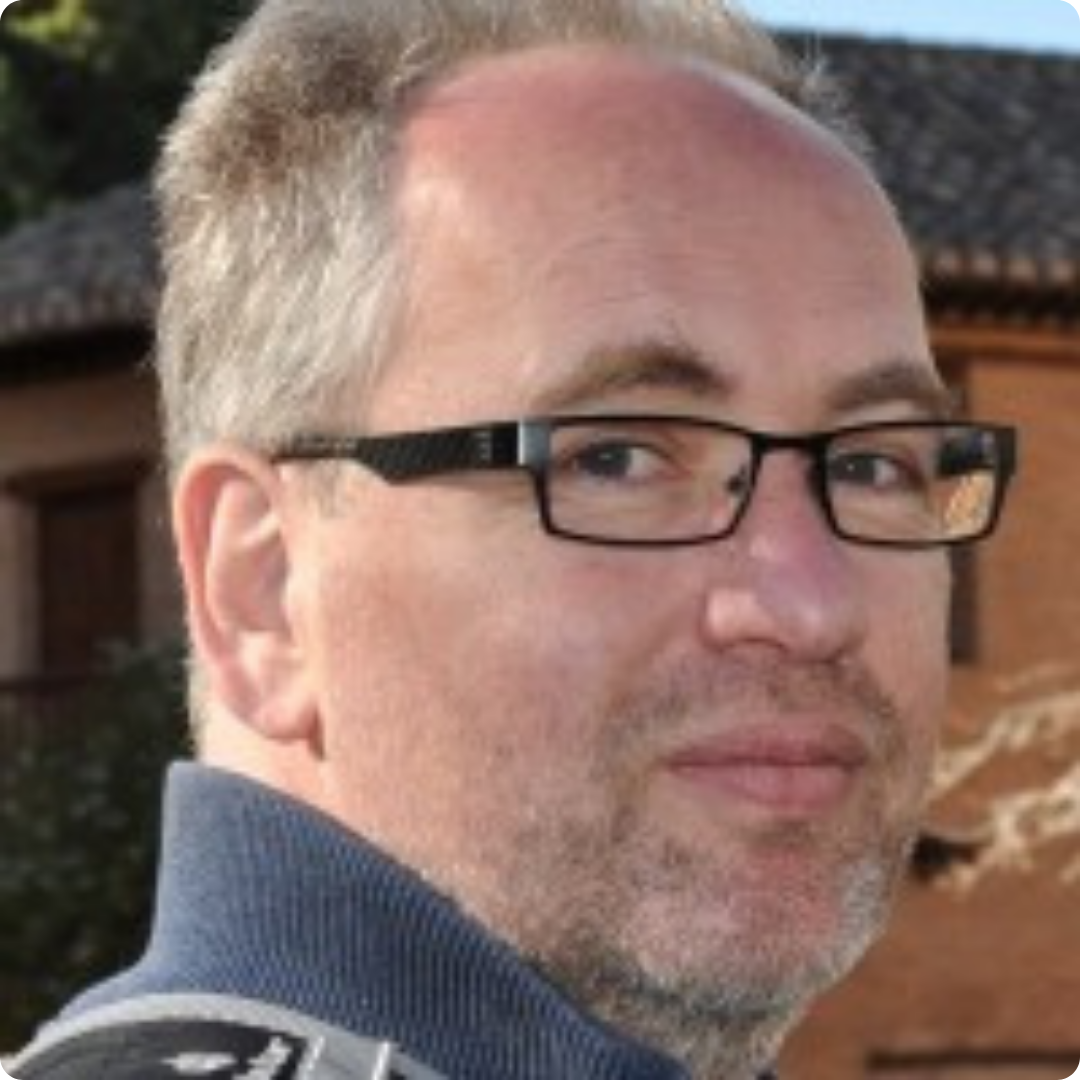
Rolf Wolthuis
Function: Sales Consultant process analyzers
Company: Endress+Hauser Nederland
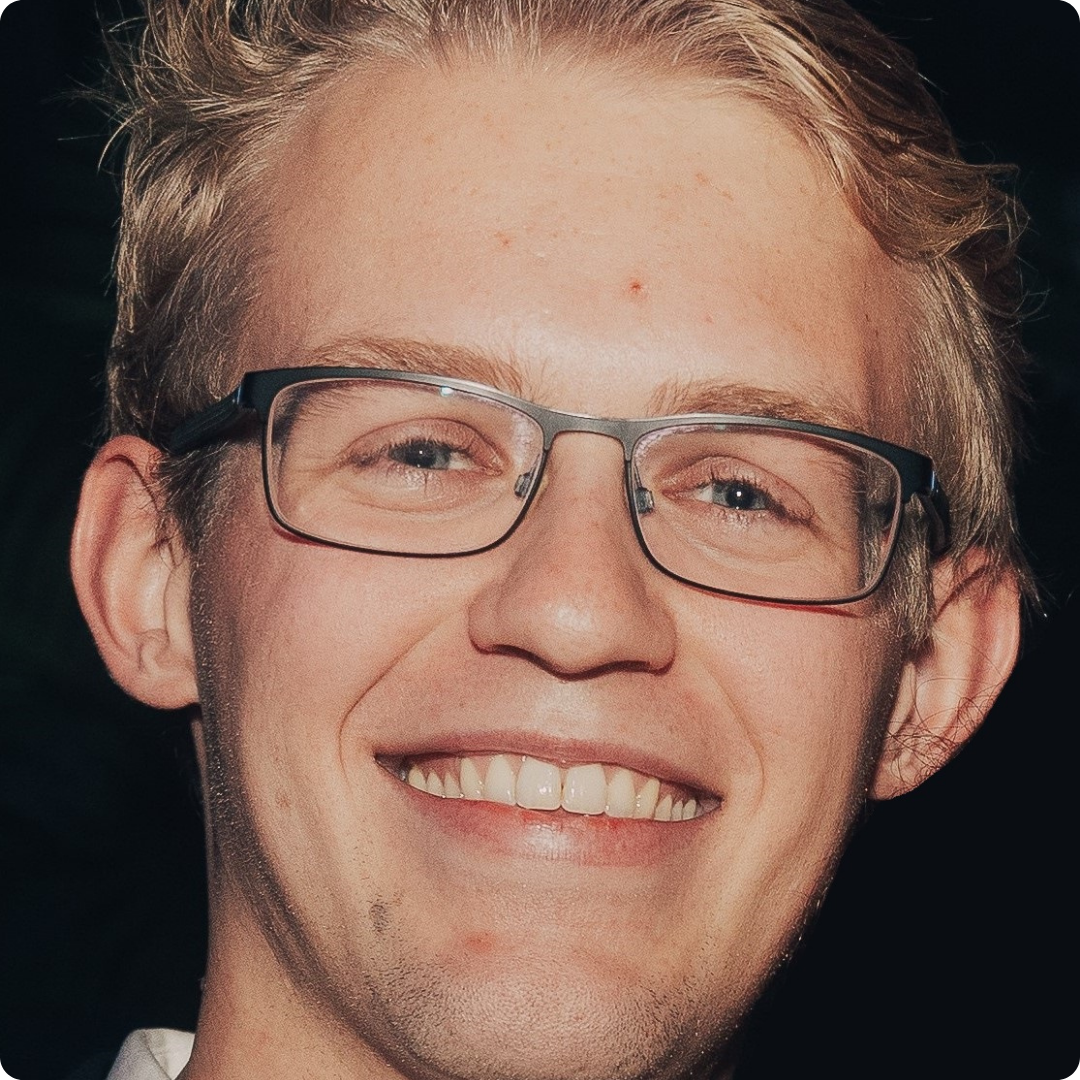
Wilco Nijenhuis
Function: PhD candidate
Company: Vrije Universiteit Amsterdam
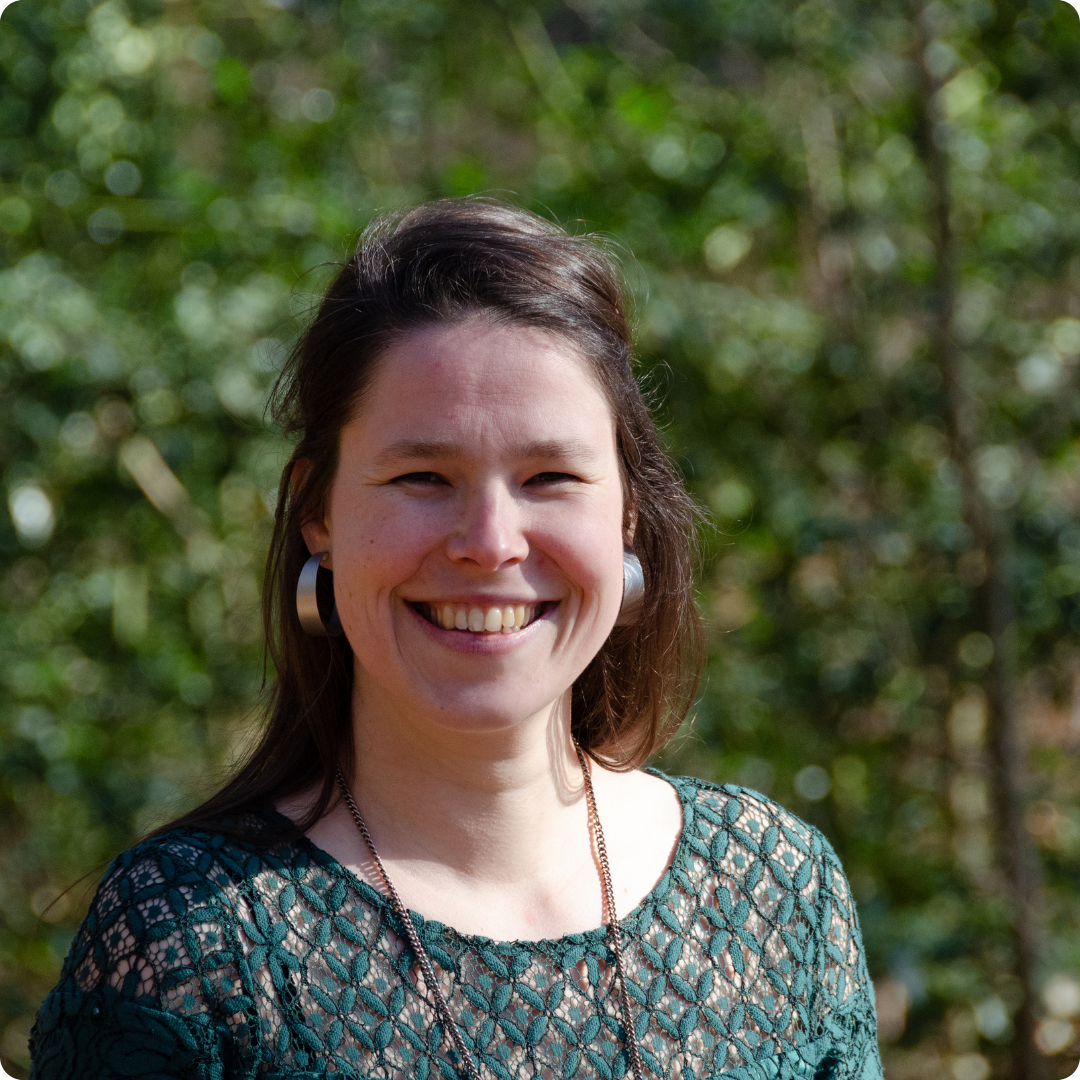
Karen E. Schellens, MSc
Function: Project leader
Company: Wageningen Food Safety Research, part of WUR
Interviews 2024
Interviewer - Lilian Vermeer
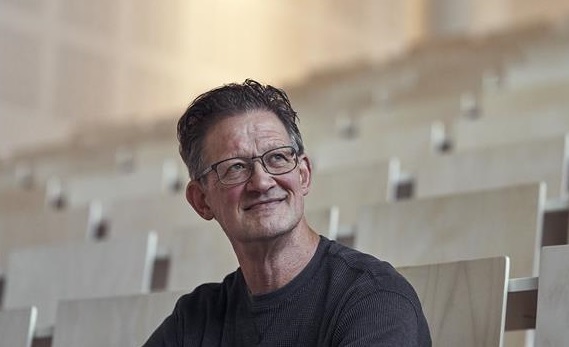
Interview with Dr. Ir. P.J. Peter Schoenmakers
The importance of good analytical separations in chemical analysis
To measure on a complex mixture, it first must be pretreated and its components separated from each other. Developments over the last 20 years in mass spectrometry may combine these steps, but quantitative measurements remain difficult without prior separation. “Try to determine the sugar content in pea soup with MS. You cannot do that without good sample preparation and separation,” says prof.dr.ir. Peter Schoenmakers.
Schoenmakers is professor at the University of Amsterdam and his research is focused on the analysis of chemical compounds and mixtures and in particular on analytical separation methods. He is one of the pioneers of two-dimensional gas and liquid chromatography. “We focus on improving chromatographic methods, for example towards multi-dimensional methods and we invent completely new methods.”
“We are actually a kind of sample preparators, but very good ones. The prepared samples allow the spectrometrists to take good measurements. However, the dividing line between what is sample preparation and what is a measurement is not very clear,” says Schoenmakers. “Whatever the case, ultimately we need each other for the best results.”
“The great thing about the analytical chemistry profession is that you get to talk to so many different people from various disciplines who come up with questions,” says Schoenmakers. “And we look for solutions for these problems, with our team members, each with their own expertise. The questions can come from forensic research, food production, pharmaceutical production, separation processes in industry, environmental monitoring, etc.”
Light sensitivity
One of Schoenmakers’ recent PhD students conducted research into light sensitivity of materials in art. It appeared that paintings from Van Gogh's period (19th century) are much more light-sensitive than paintings from Rembrandt's (17th century) period. When Van Gogh painted, synthetic dyes came onto the market. They were beautiful and cheap and Van Gogh did not have that much money, but unfortunately he did not know that the dyes were very light sensitive and discolored over time. By developing new methods (LC, MS, automation), aging can be efficiently studied.
The technical developments that Schoenmakers and his team come up with are often useful for various purposes. For example, preserving color is also important in the food industry: a yellow sauce that turns brown after a week on the shelf is not attractive to consumers. In water purification, aging is important, but in a different way. For example, ozone and light are used there to deliberately age the contaminants in the water.
Polymers
Schoenmakers also focuses on the properties of large molecules, such as polymers (plastics). “Making the connection between the chemical structure and the properties of the polymer is very important to obtain the desired properties of substances to be developed”, he says. For example, car coating must be glossy and scratch-resistant, but not reflective, and it must not contain bubbles. Paint on bridges must be able to withstand expansion and contraction at different temperatures.
In addition to the active substance, medicines often contain an excipient, such as modified natural cellulose (cellulose ether monomers). The excipient must have a certain dissolution rate and the correct rate of release into the human body. Cellulose ethers have very long chains, but the derivatization is not evenly distributed over the chain. This affects the properties. “Therefore, an innovative method is needed to map the structure of the chains. We collaborate a lot with the VU in this field.”
Education
Educational development is also of paramount importance to Schoenmakers. He is director of education at COAST (Top Institute for Comprehensive Analytical Science and Technology), which he co-founded in 2011. Within COAST, programs have been set up for good students (HBO and master) to train them in areas of analytical chemistry that industry and business need, but which are not covered by the university curriculum. This is financed by the industry. “On Saturdays people from companies come to the classroom and talk about their work and what their big questions are. It is a very stimulating environment, because there is a lot of interaction, ideas are generated and students discover what could be an interesting PhD position or employer.
Even though Schoenmakers has retired since 2022, he is still fully engaged. “I don't do everything anymore, but I especially try to invest a lot of time in young people. Ultimately, they have to take over.”
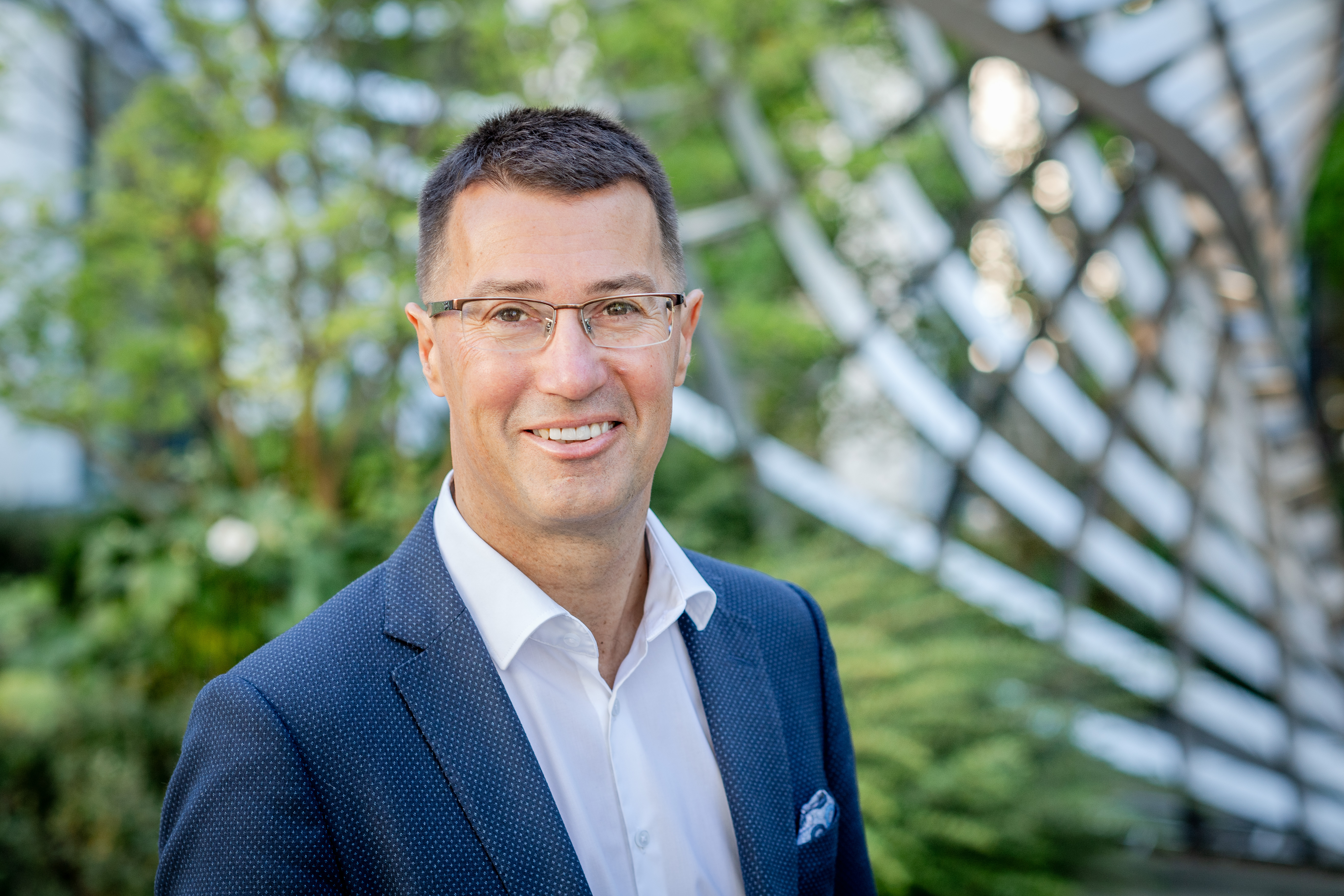
Interview with Prof. Dr. Ron Heeren
Mass spectrometry innovations in spatial biology
“It is great to come up with wonderful new analytical techniques and use them for clinical questions so that we can advance healthcare,” says Ron Heeren, Distinguished Professor and scientific director of the Maastricht Multimodal Molecular Imaging Institute. He has been dedicated for many years to innovations in mass spectrometry and their applications in various disciplines. In his lecture he will discuss clinical diagnostics.
Trained as a technical physicist, Heeren and his team developed new physical measurement methods to map the distribution of molecules on complex surfaces (Mass Spectrometry Imaging - MSI). Ten years ago he went to Maastricht to set up a new institute, the Maastricht Multimodal Molecular Imaging Institute, where MSI was further developed in a biomedical setting. In the institute, specialists from various disciplines such as surgeons, mass spectrometrists, mathematicians, pathologists and electron microscopists work together on solutions for clinical diagnostics. The resulting special research dynamics regularly lead to surprising solutions.
One of the goals is to better understand the complexity of molecular biology in the human body. And to gain new insights into how a certain biological process/disease functions and how we could better intervene with a personal treatment plan (personalized medicine).
Spatial aspect
Heeren emphasizes the importance of the spatial aspect of MSI. “By mapping the natural environment of the cell, you learn which other cells and signals in the biological system the cell has to deal with and can therefore respond to differently. This may be different in different contexts. For example, the metabolism of a liver cell may be altered compared to a normal liver cell due to a nearby tumor.”
Innovations
Heeren and his team have been working for many years on all kinds of MSI innovations that make clinical diagnosis easier and faster, especially for pathologists and surgeons.
“We have worked on the various parts of MSI for this purpose. For example, we have implemented a beam on the source side (ionization source) that can be micrometer focused to look into the cells. We have improved the detector: if you focus on a very small spot, you generate fewer ions in the mass spectrometer and you therefore need a very sensitive detector. You also want to be able to unravel the ions better in terms of their molecular complexity. To this end, the resolution of the mass spectrometers has been improved over the years.”
Characterization of individual cells
Five years ago, Heeren would not have thought that they would be able to characterize individual cells. “Now we can tell which type of cell we are looking at, for example a B cell or T cell. We can also identify the metabolic state of the cell: is it an activated or a dormant cell and how old is the cell? This information about a piece of tissue contributes to a better understanding of the local complexity. In addition to MSI, other techniques like optical microscopy, electron microscopy, the use of protein probes, transcriptomics are used because not everything can be detected exclusively with MSI. In this way, so much content is generated per tissue and/or cell that is almost impossible to analyze all these data manually. Data reduction with AI can make it analyzable for the pathologist or clinician.”
Analysis of surgical smoke
“When operating on a tumor, we can now use MS based technologies to check if the surgical margins on tumor resection are clean and if all tumor cells have been removed,” says Heeren. How is this done? While the surgeon cuts with the diathermic knife, the smoke that comes from it is captured. By analyzing this smoke with mass spectrometry an overview of metabolic, lipid or protein profiles per cell can be created. To check for the presence of tumor cells the profile of the smoke is compared with information from a molecular complexity model constructed from resected tumor tissue. The analysis of the smoke can be done in seconds.
“We do this for research purposes. The technique has already proven itself in the laboratory setting, but unfortunately it is not yet an officially approved diagnostic device. It will take some time before the official authorities approve it.
In the meantime, we are working on reducing the size of the device so that it takes up less floor space in the OR and the noise level is also reduced.”
Near future
“In the near future we hope that the work of the pathologist on material resected in the OR which now takes half an hour- making coupes, staining tissue, examination- can be done in one minute with our MSI. The MSI should then be able to scan and obtain information per cell at a rate of hundreds of thousands of cells in one minute.”
Sponsors 2024




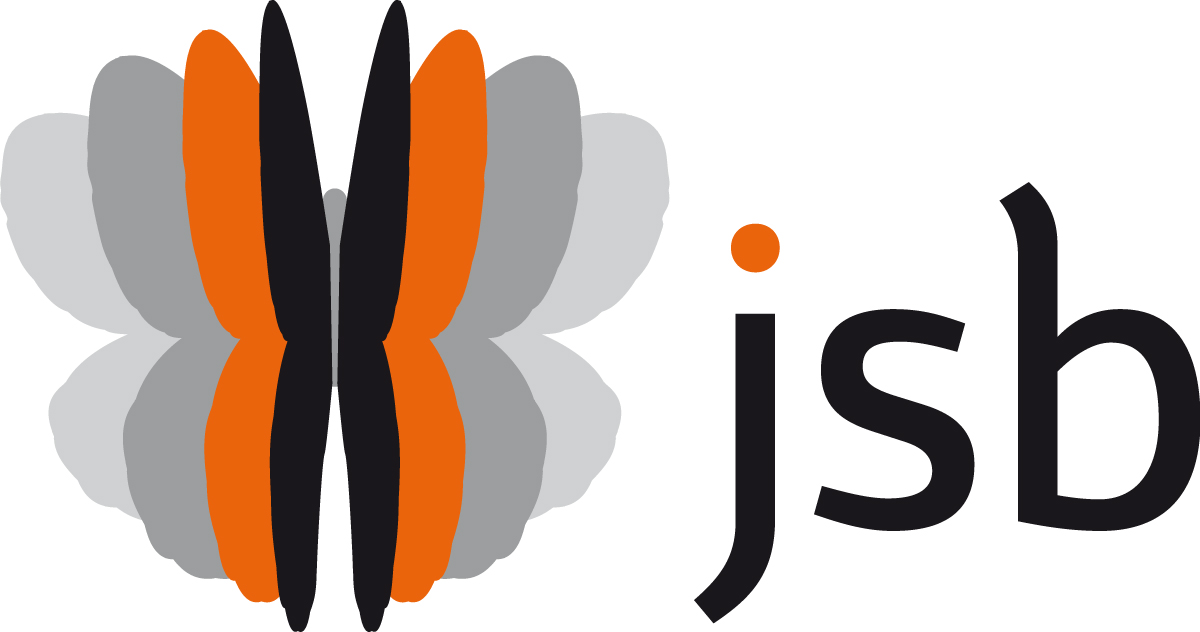
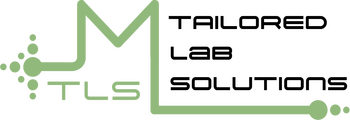
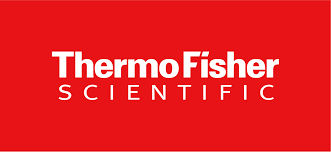
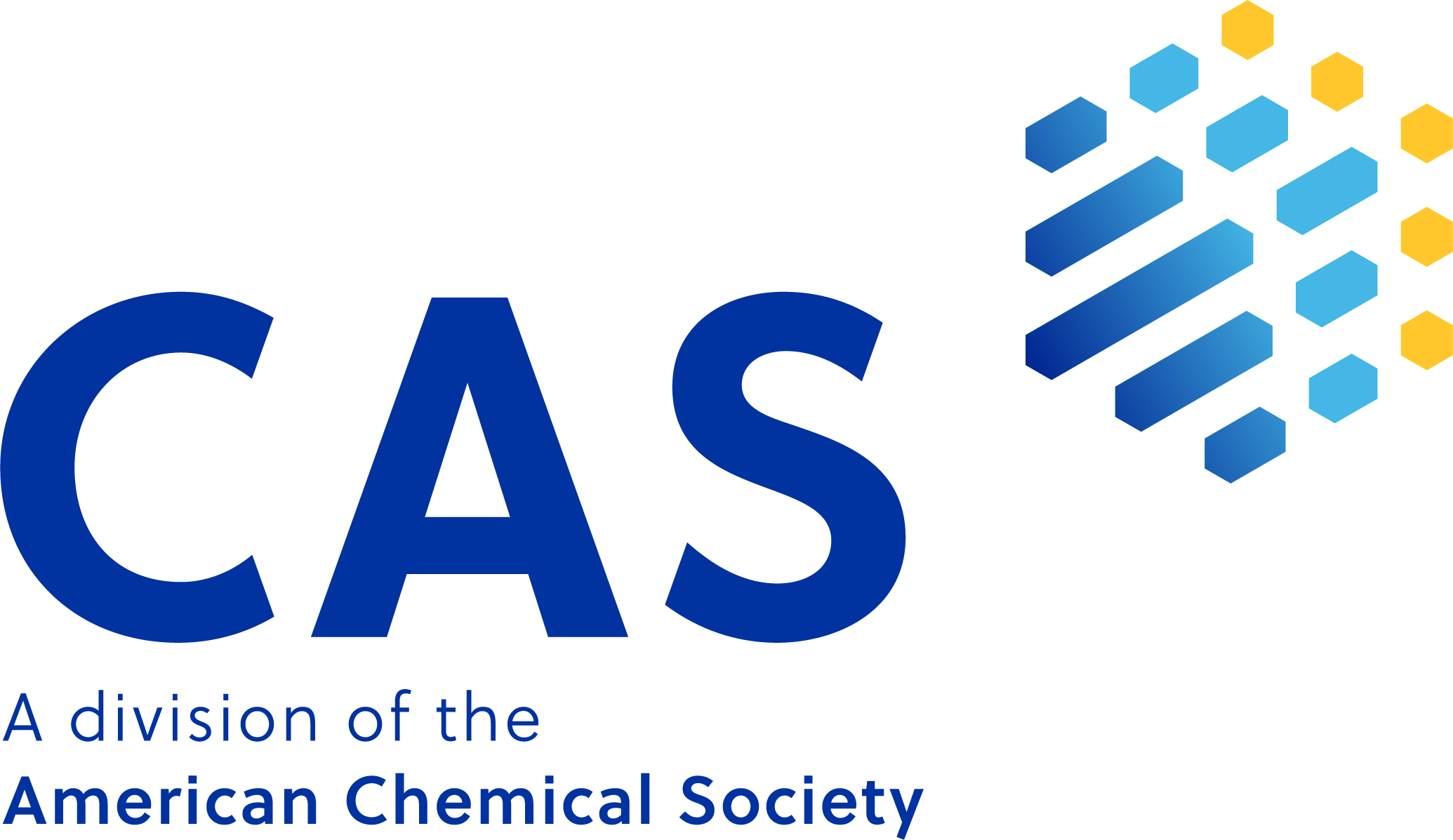


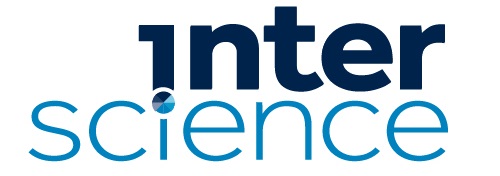
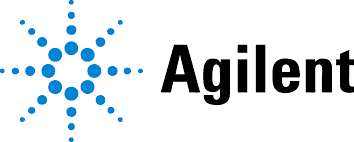



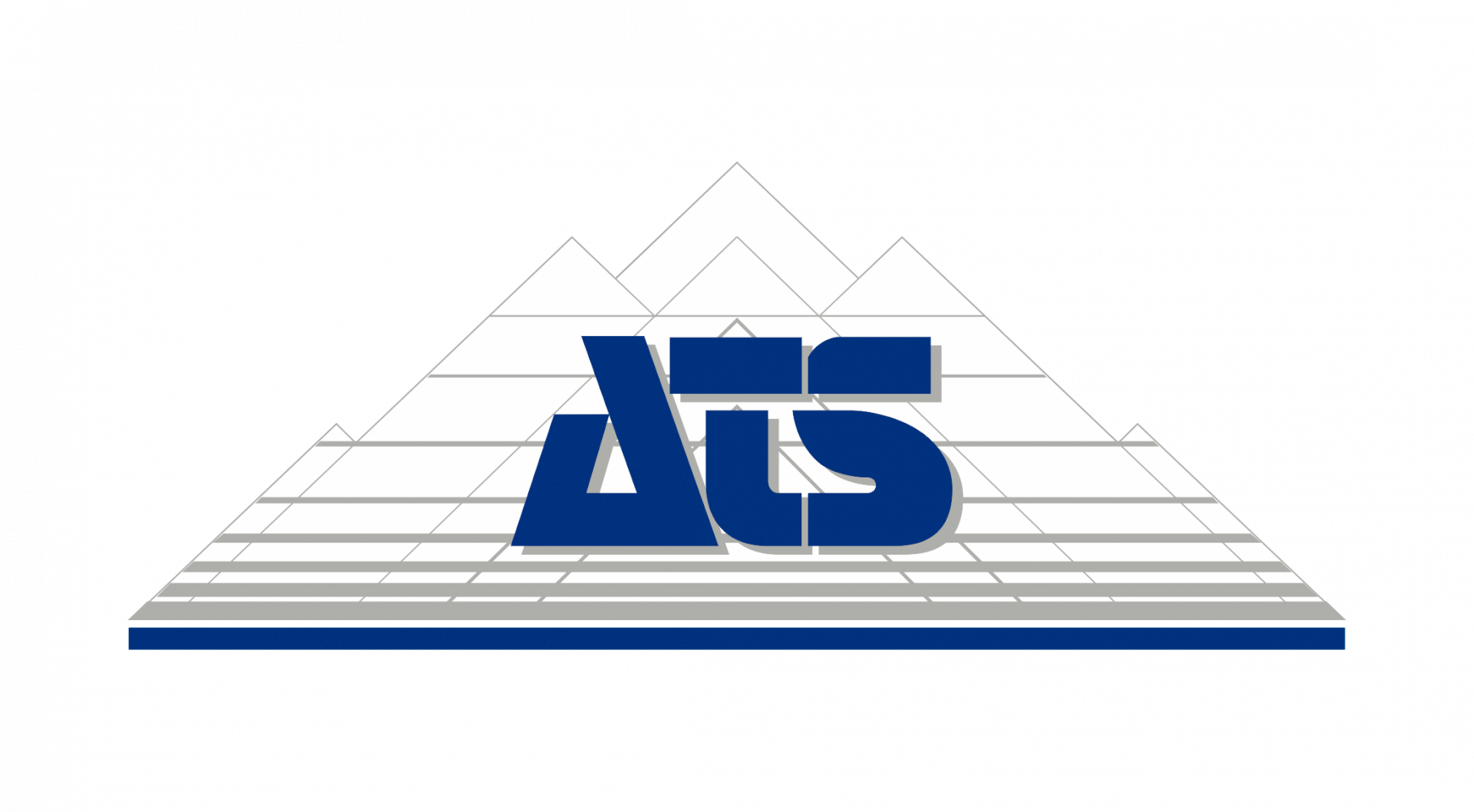


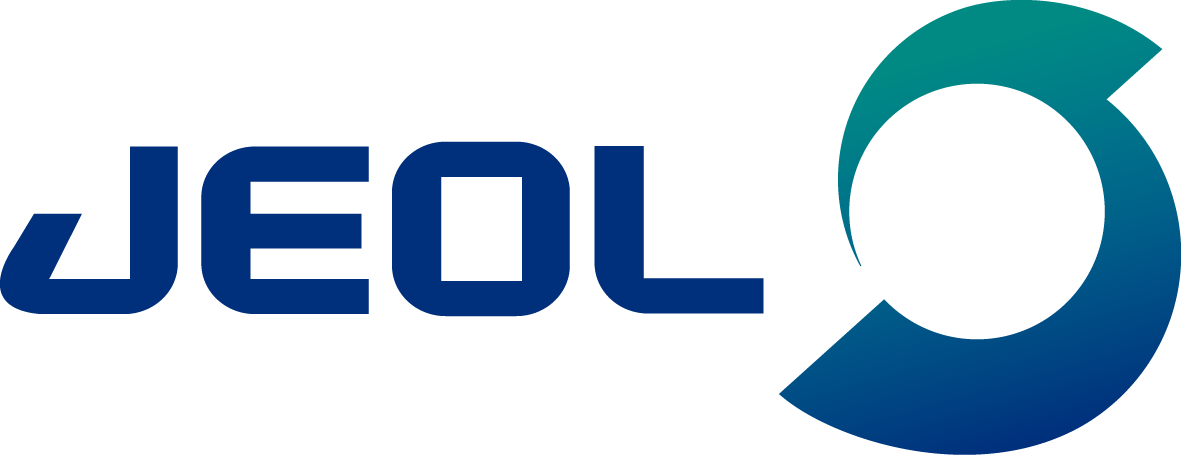
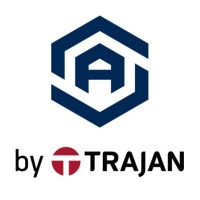




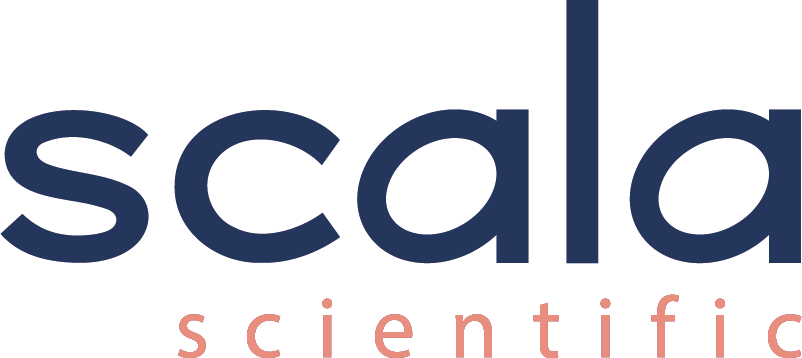




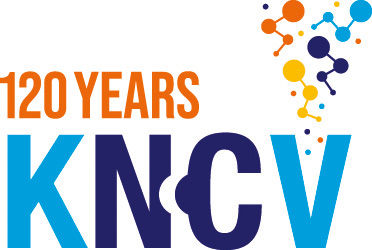
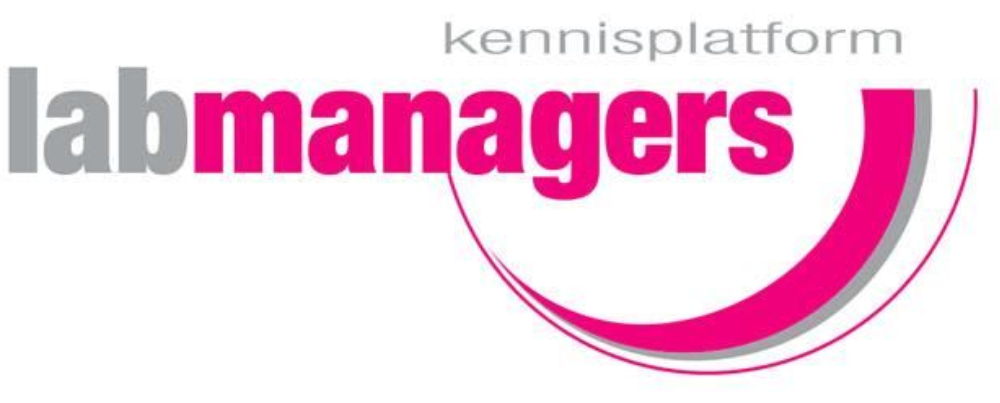
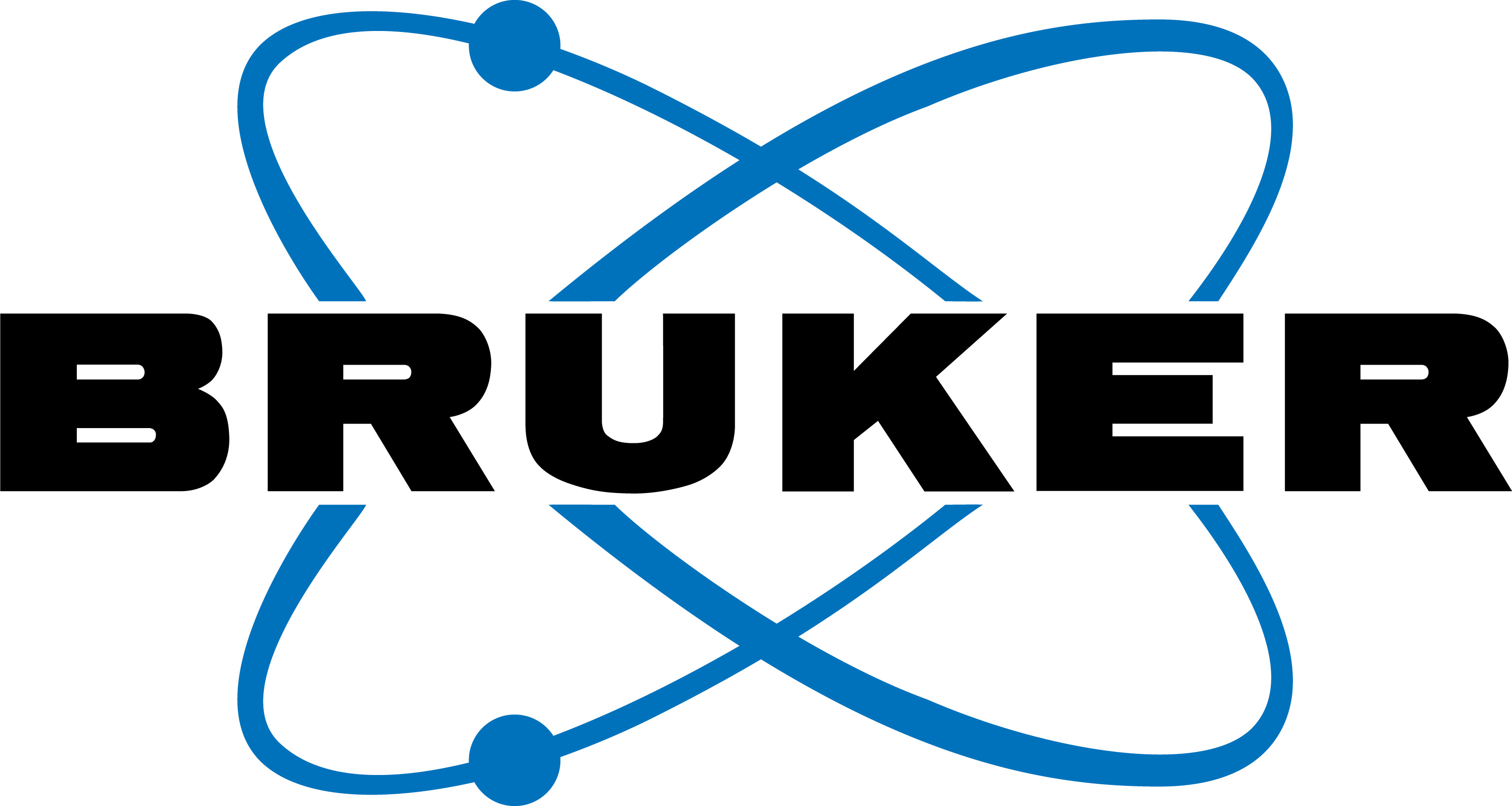


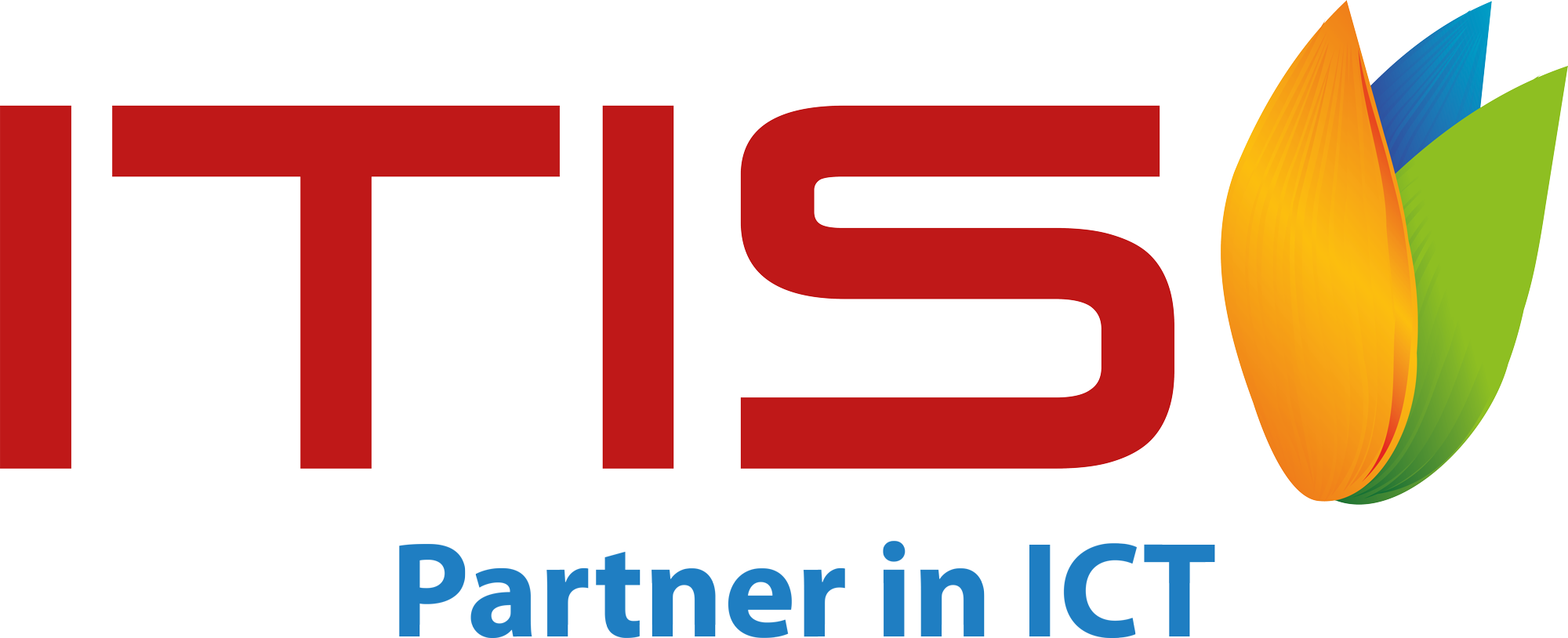
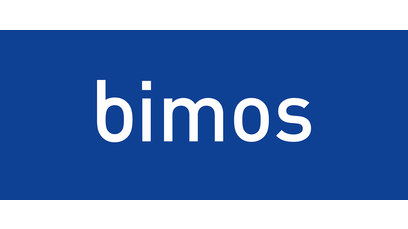



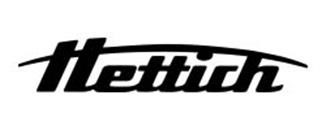

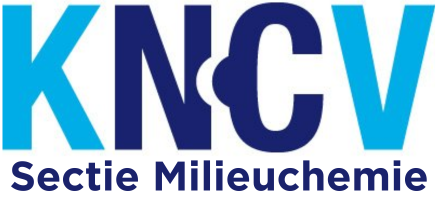
Lab Technology 2025
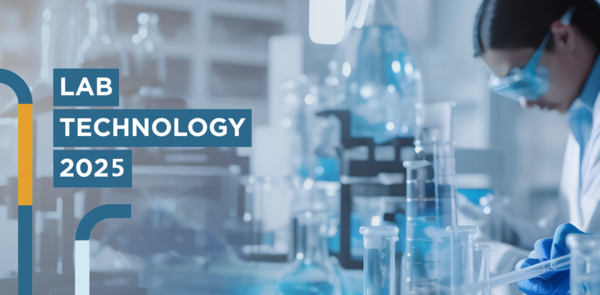 Registration website for Lab Technology 2025
Registration website for Lab Technology 2025Lab Technology 2025marketing@aleapublishers.nl
Lab Technology 2025marketing@aleapublishers.nlhttps://www.labtechnology.nl/157843
2025-06-03
2025-06-03
OfflineEventAttendanceMode
EventScheduled
Lab Technology 2025Lab Technology 20250.00EUROnlineOnly2019-01-01T00:00:00Z
To be announcedTo be announcedevent registration made easy
aanmelder.nl is the software partner for events.
Click here to discover the software.